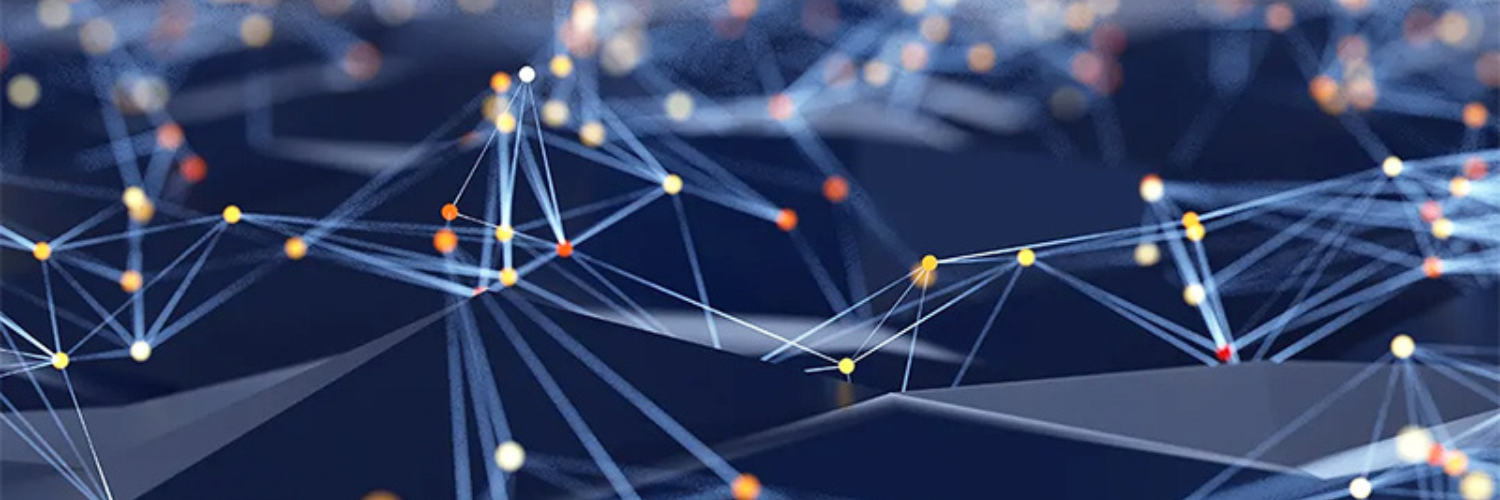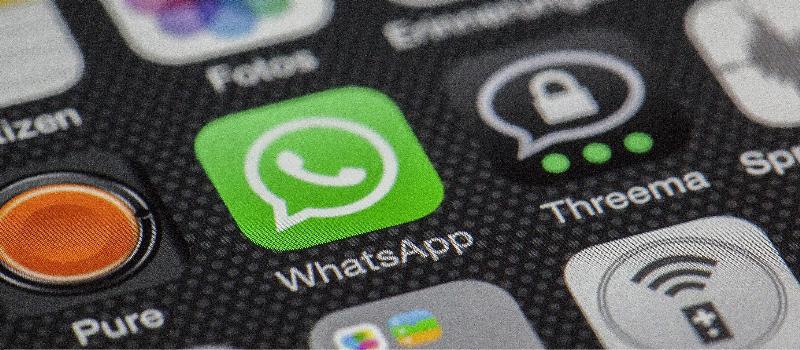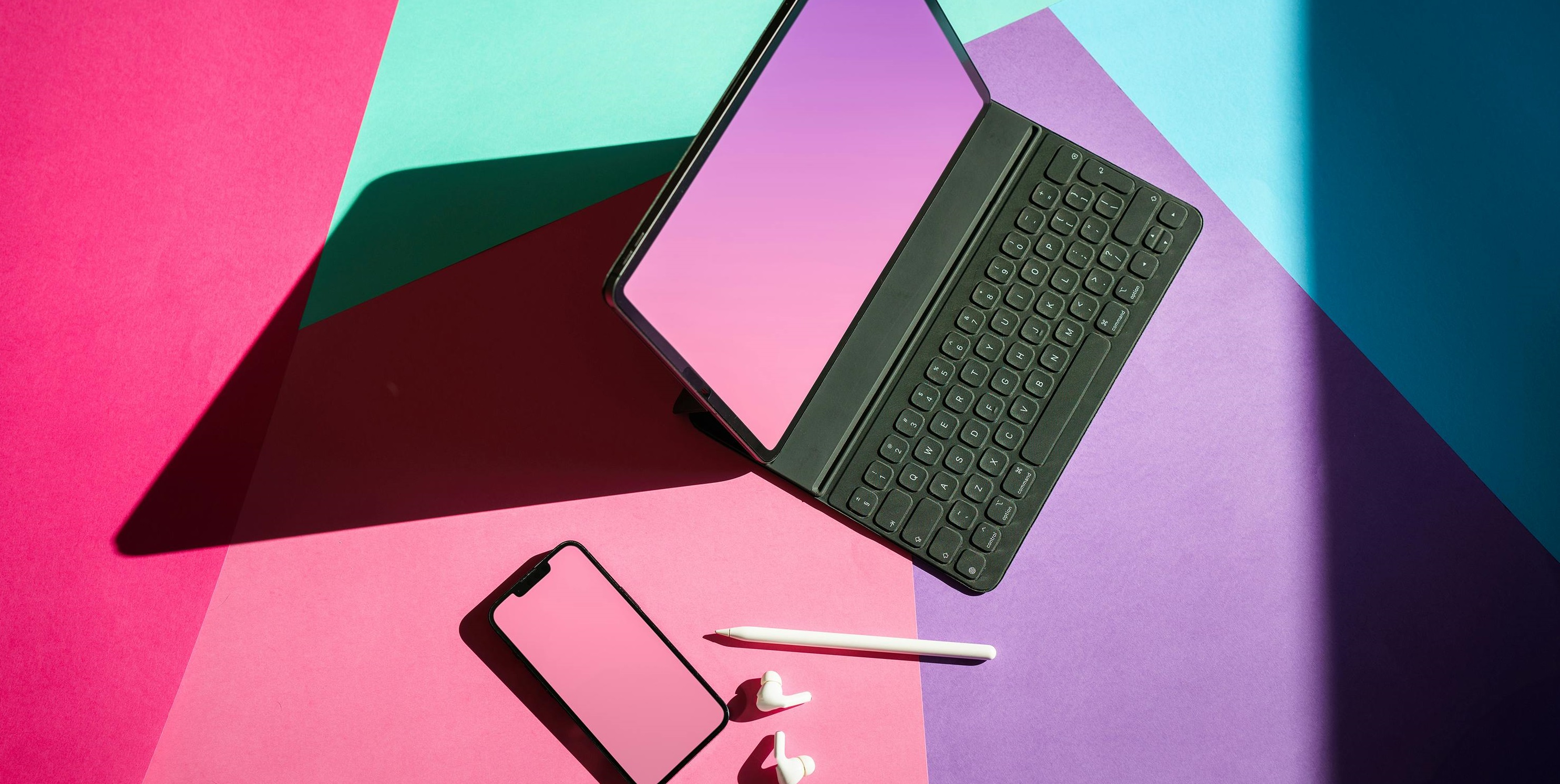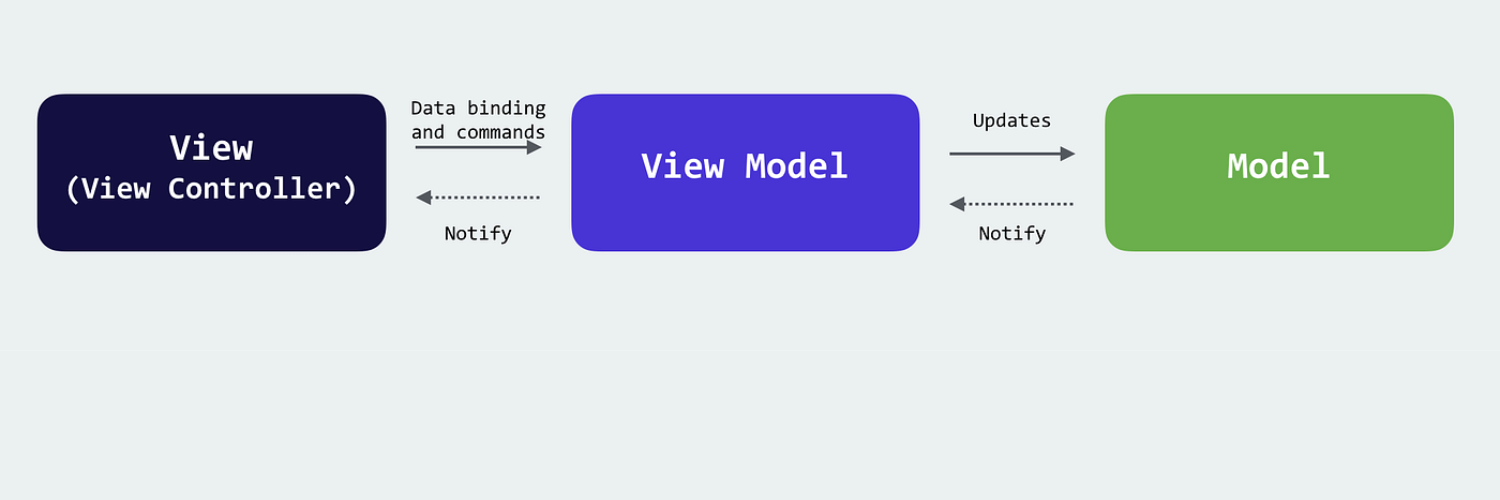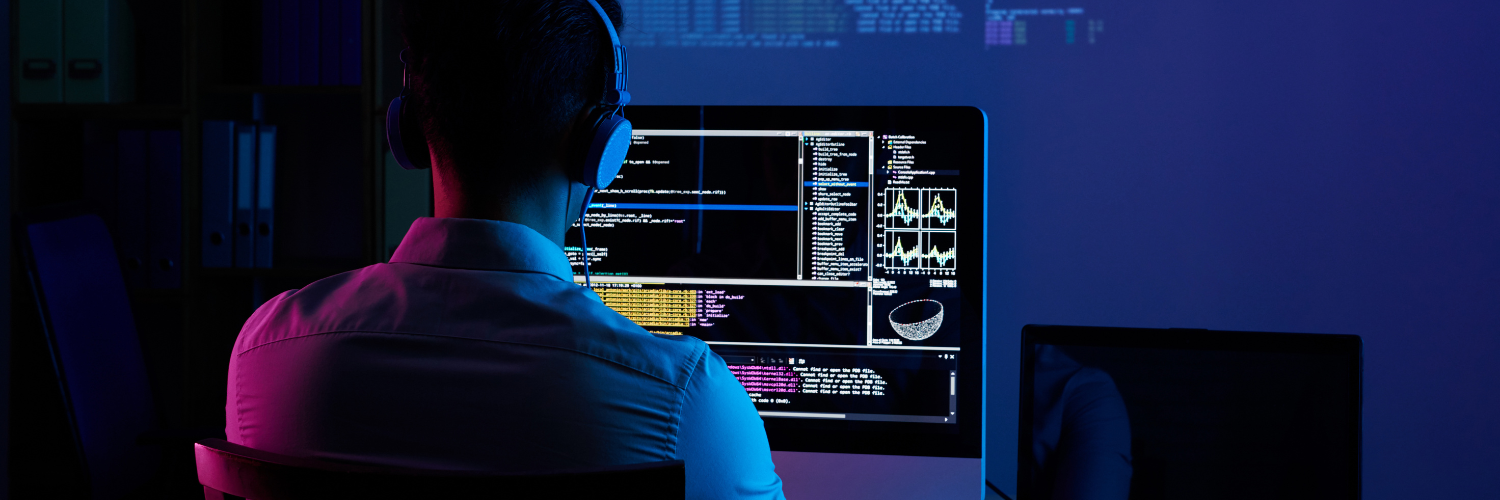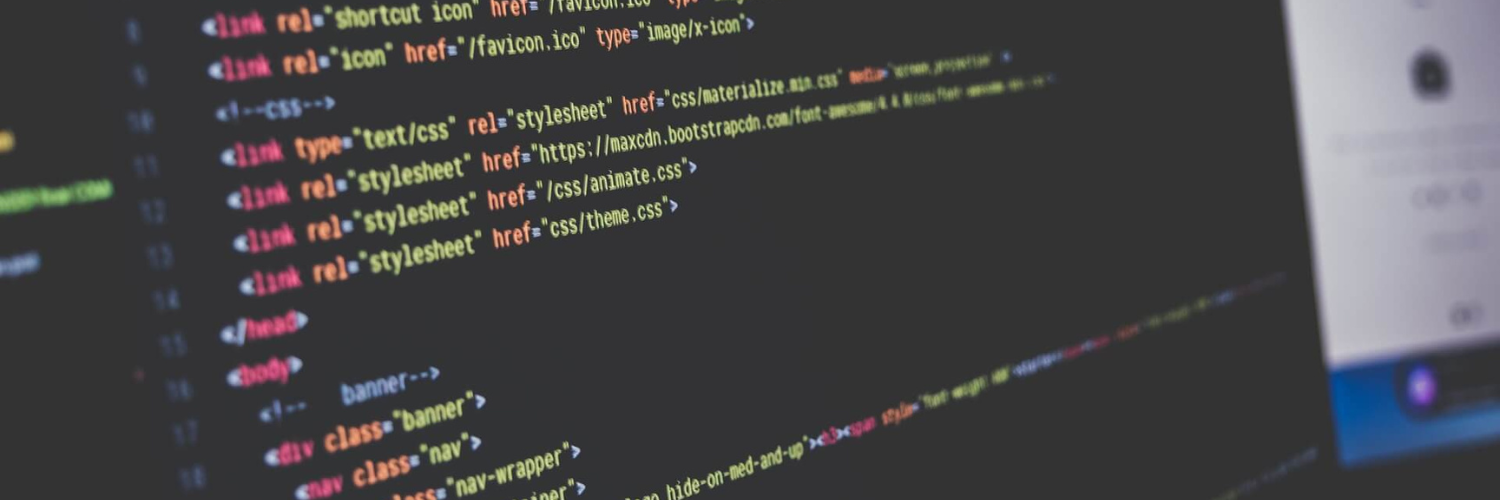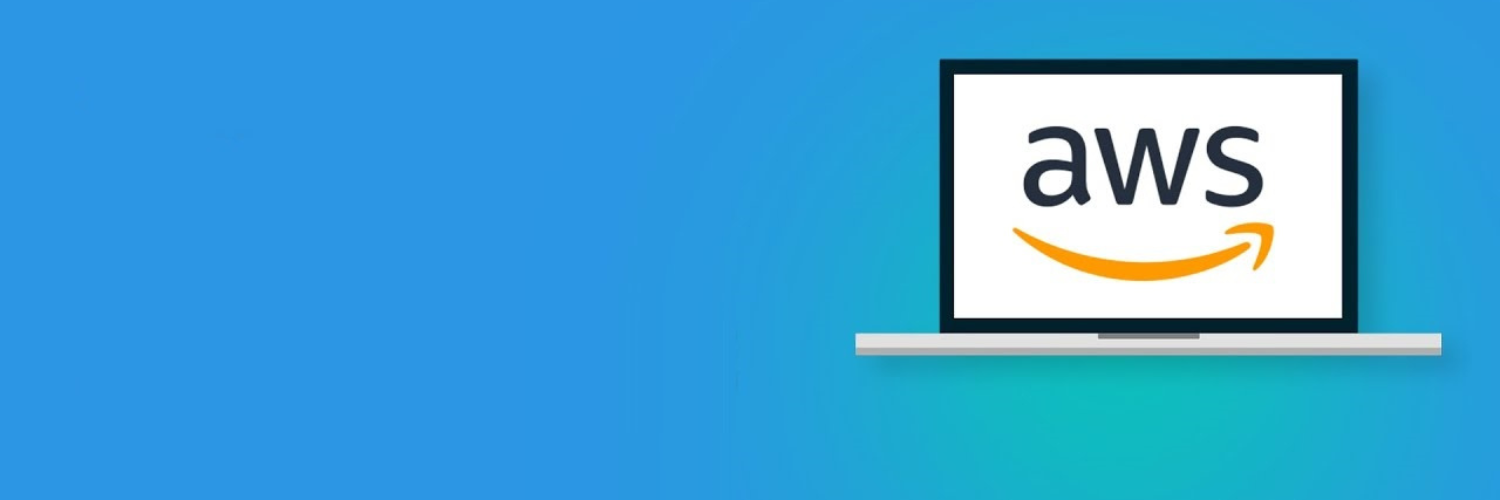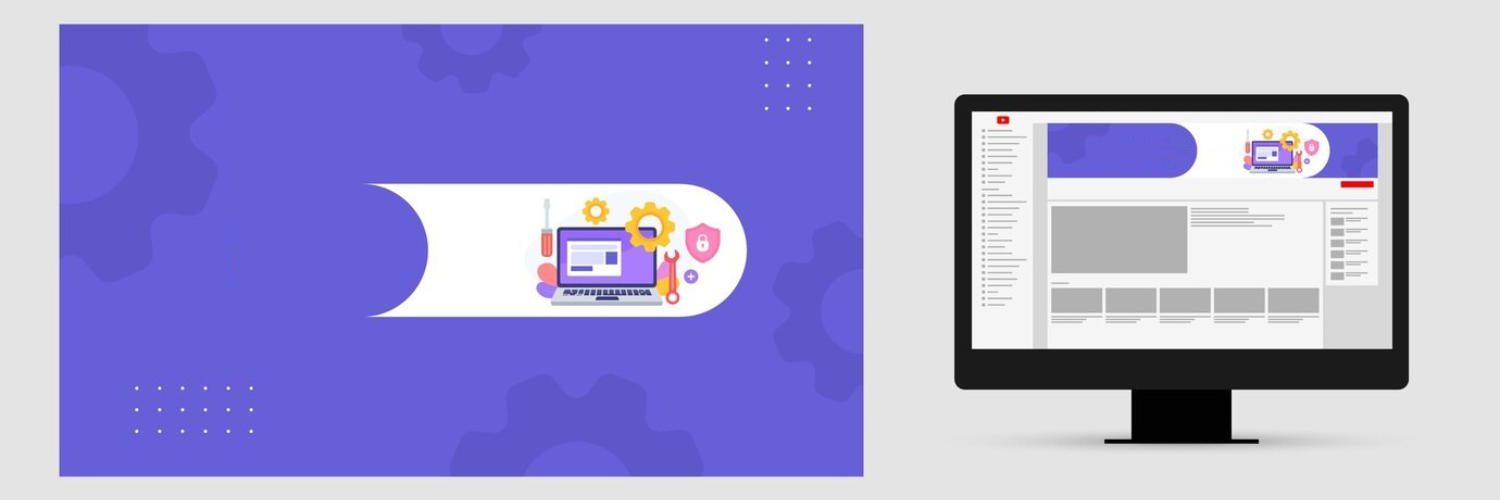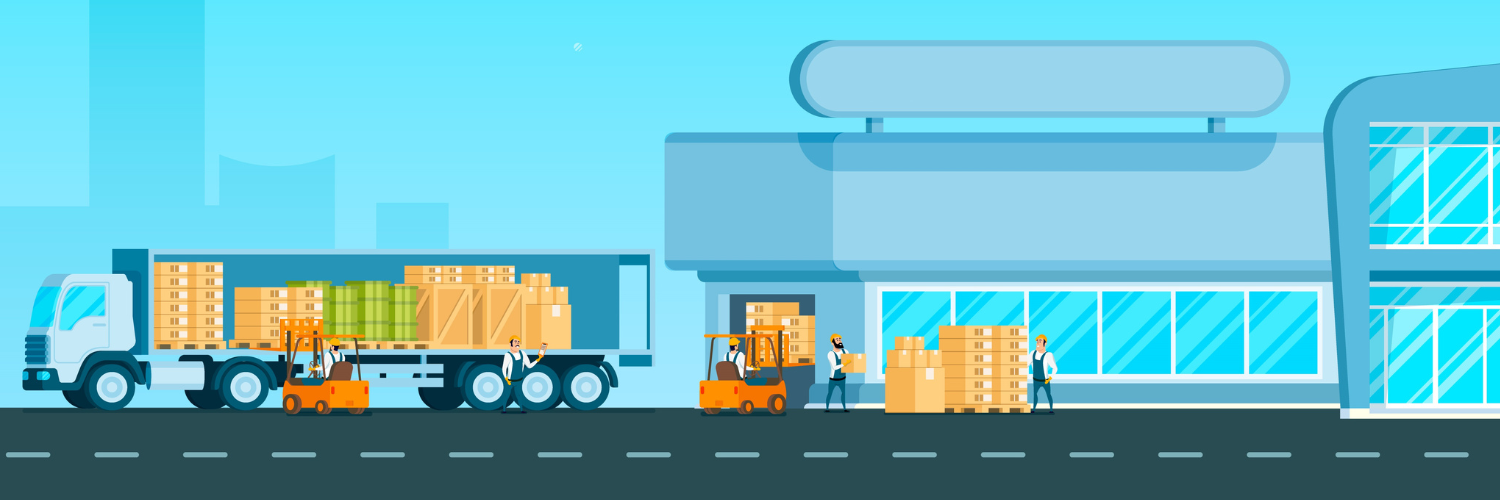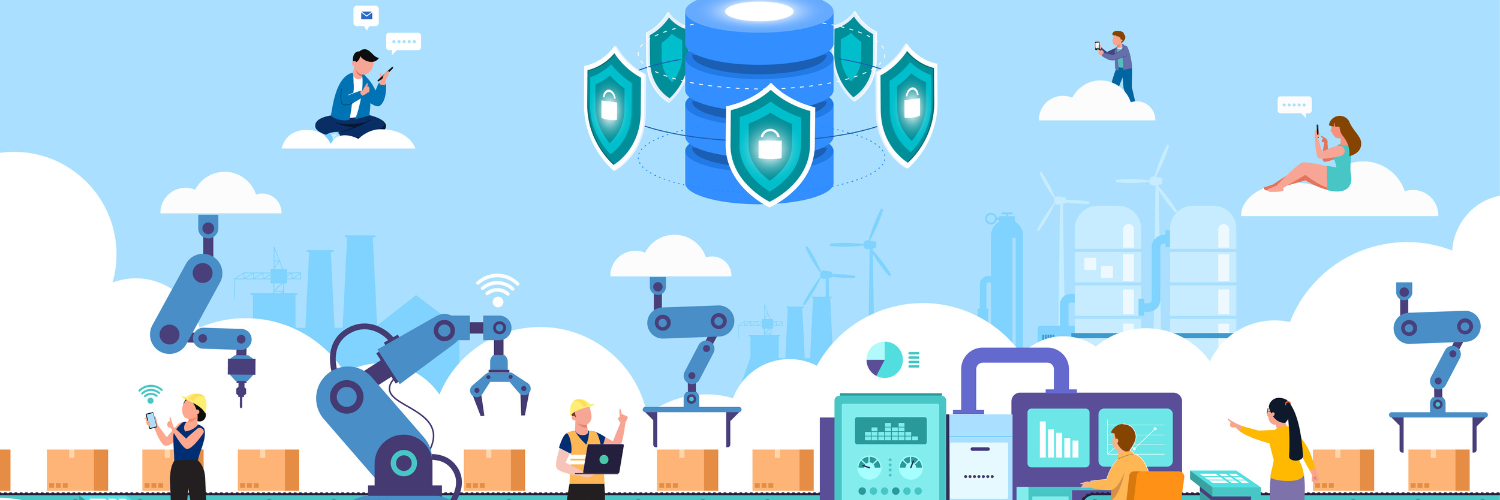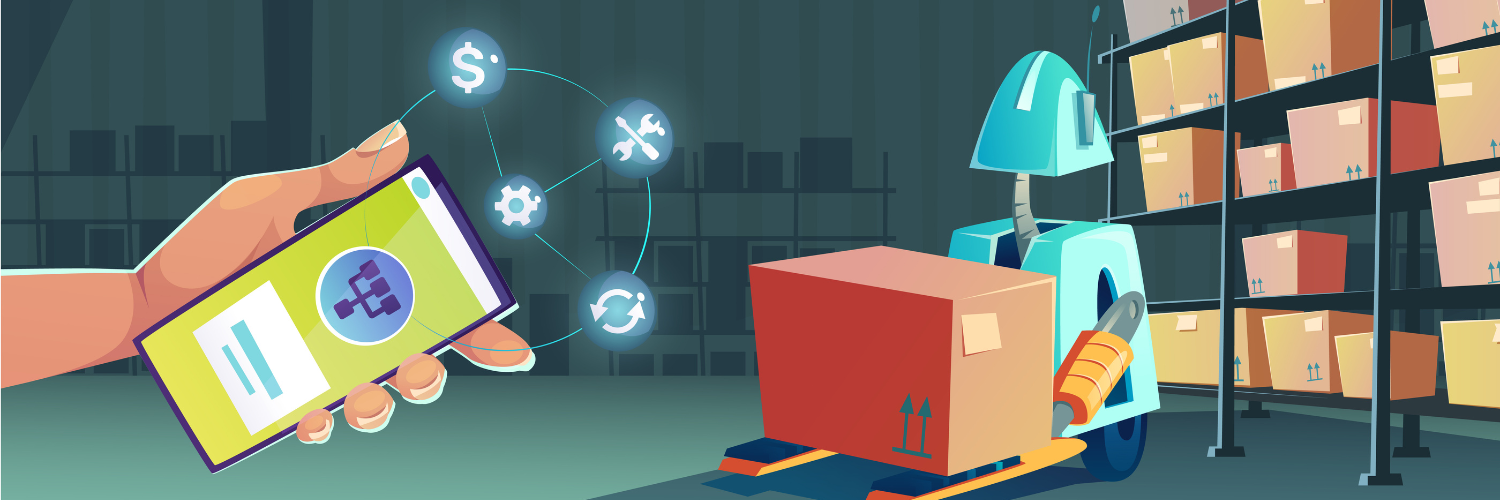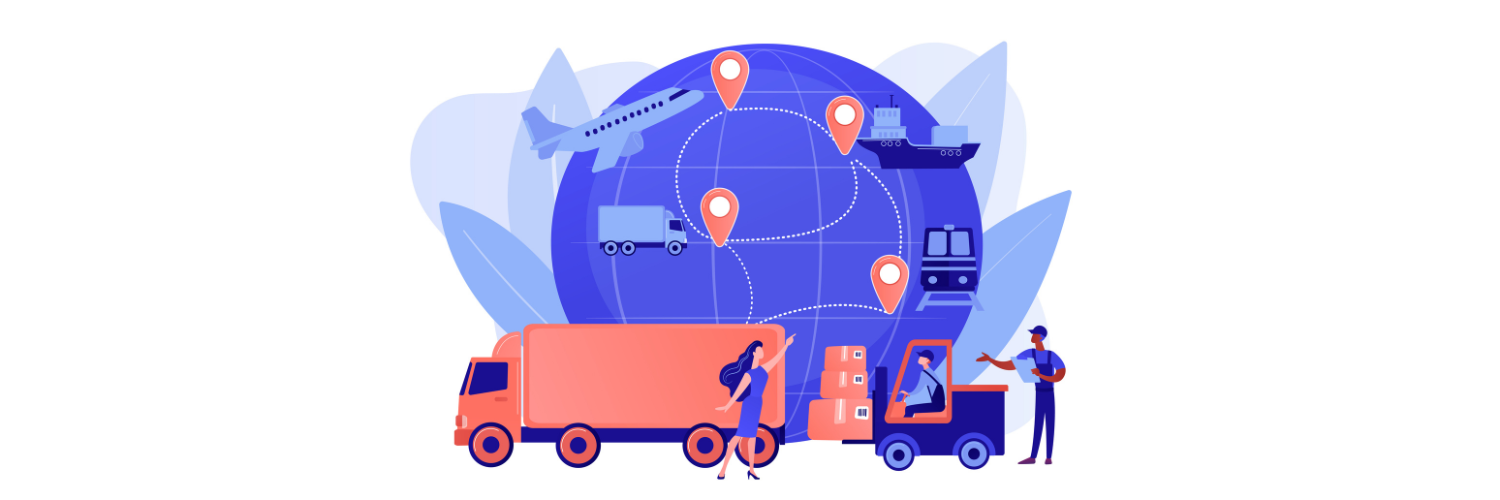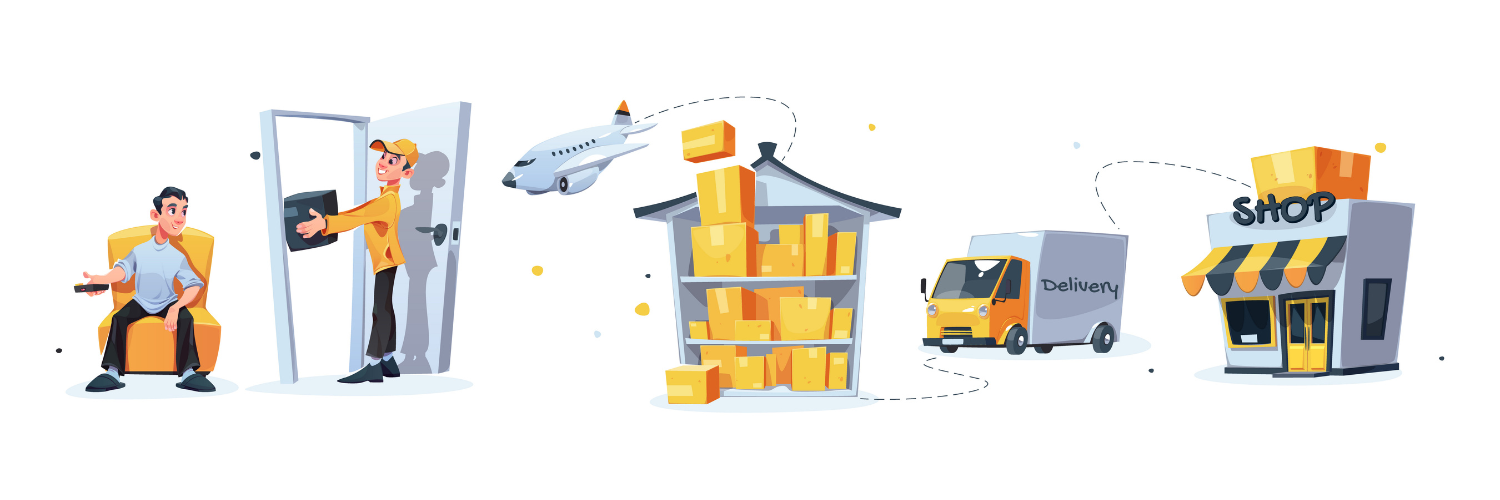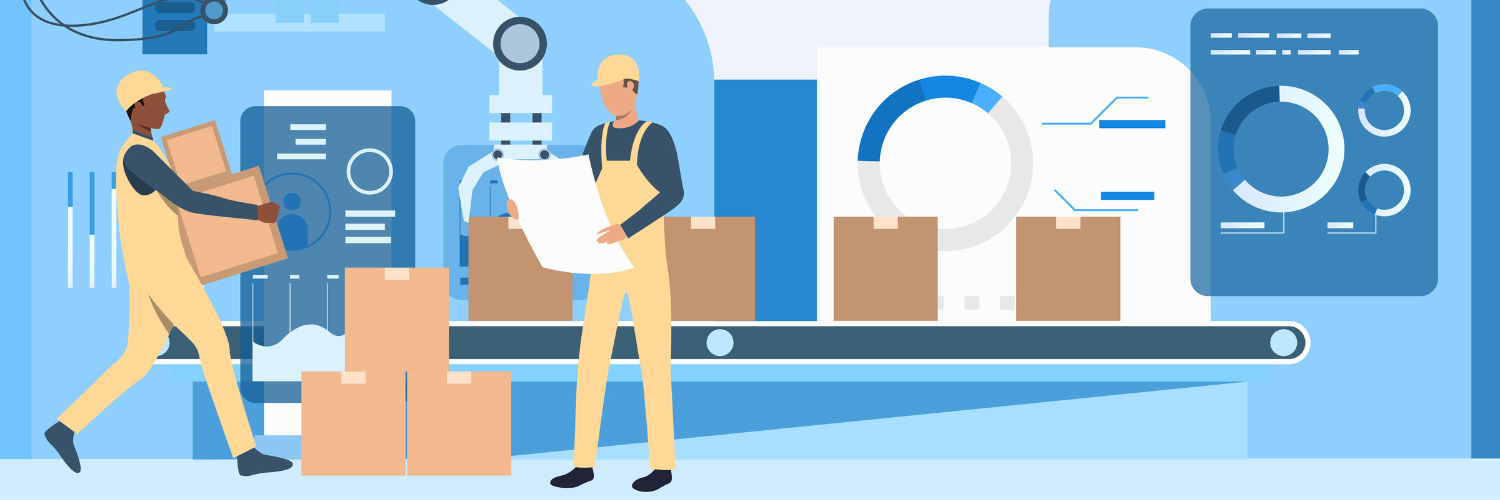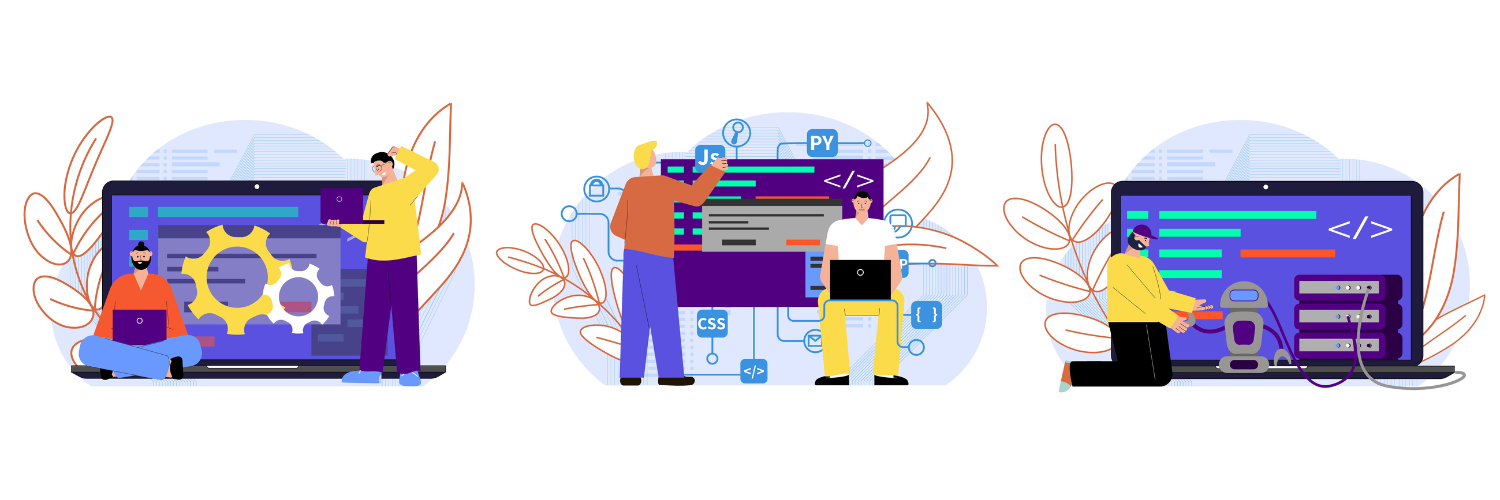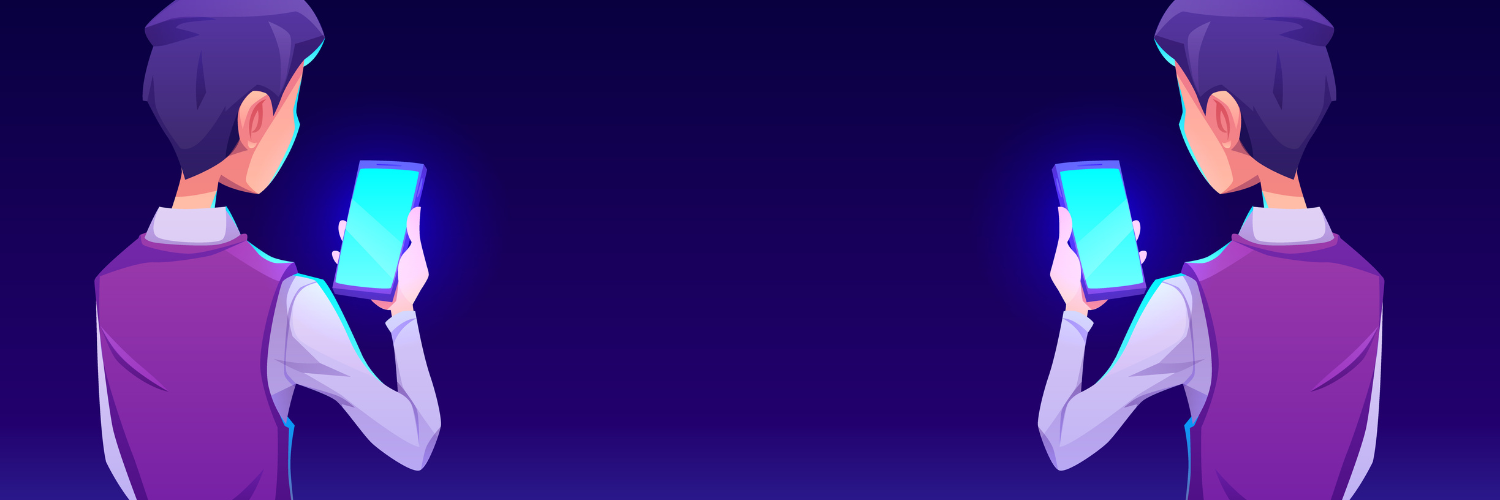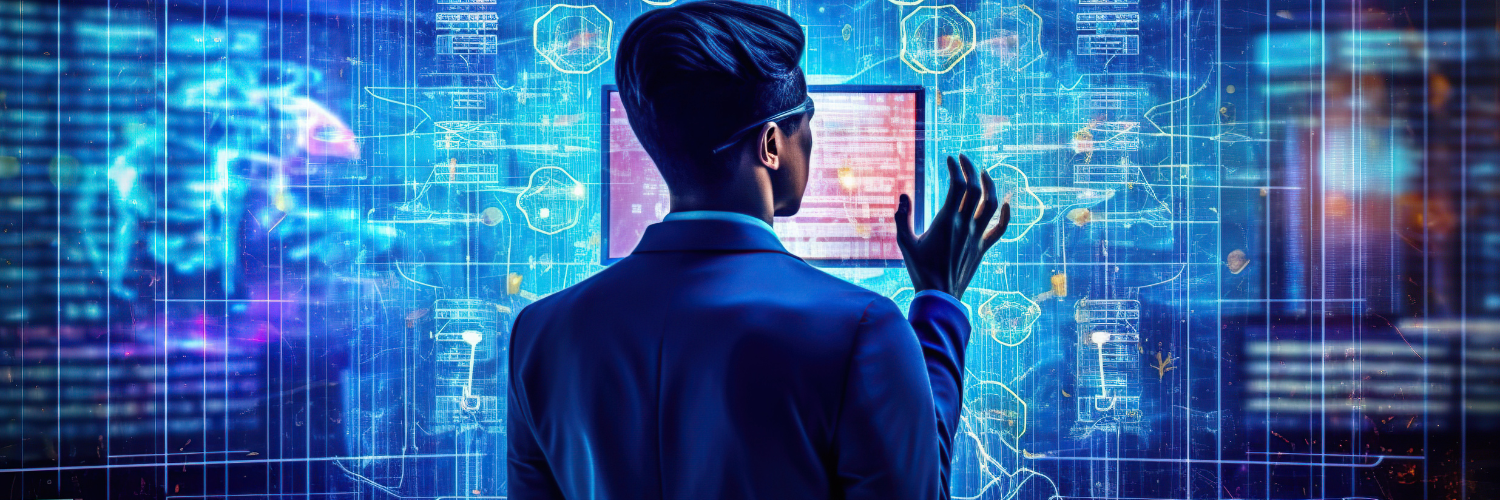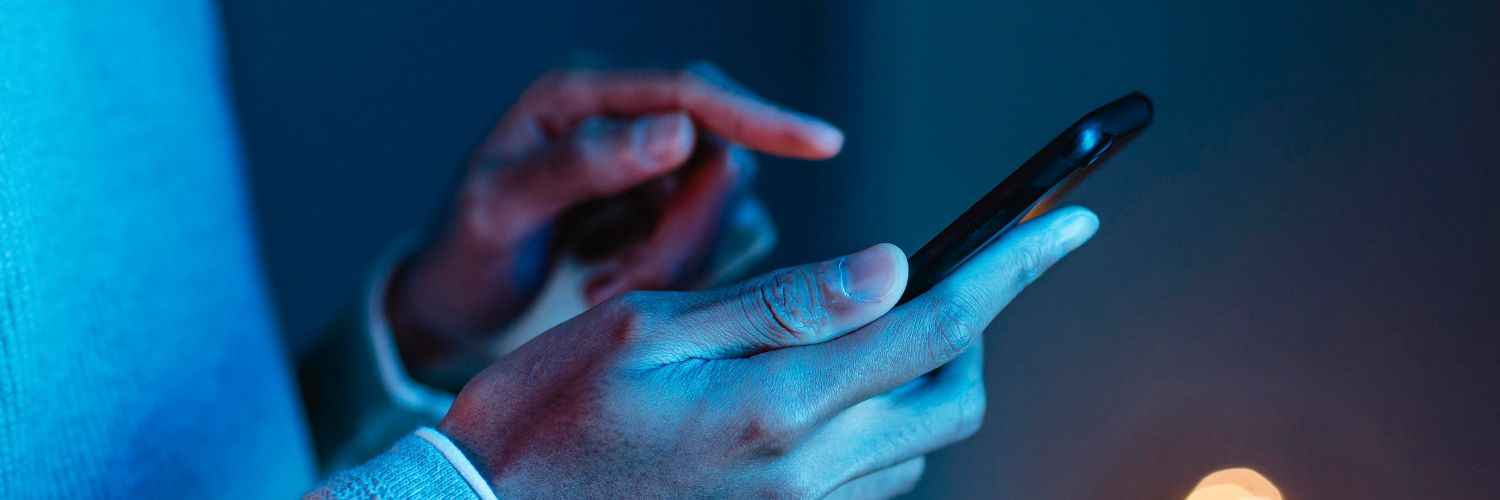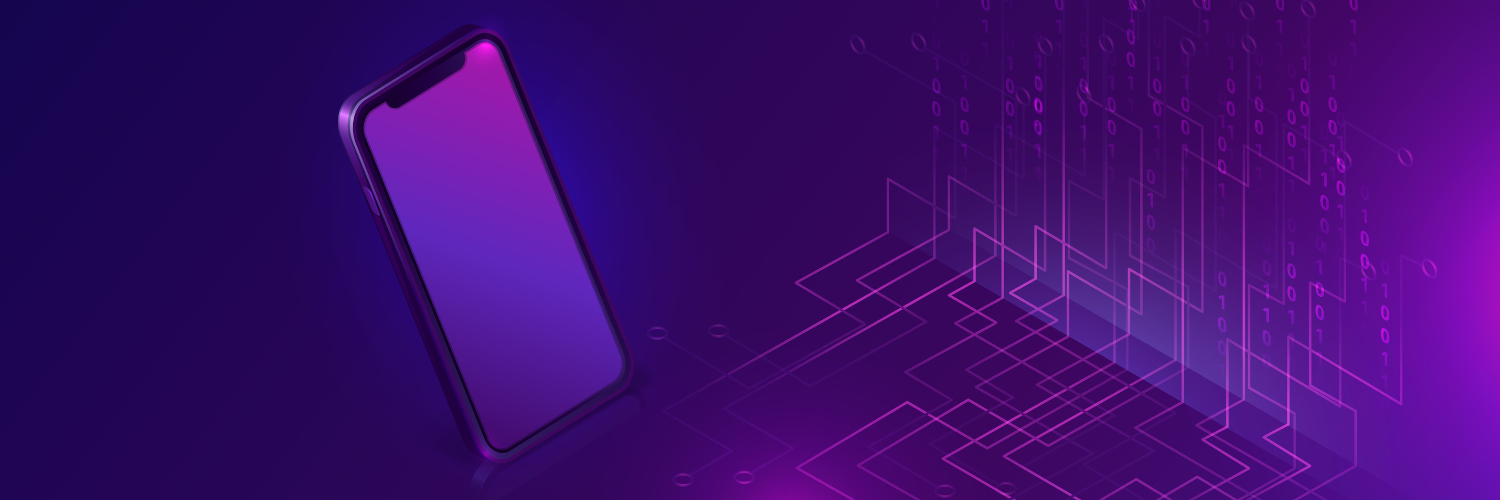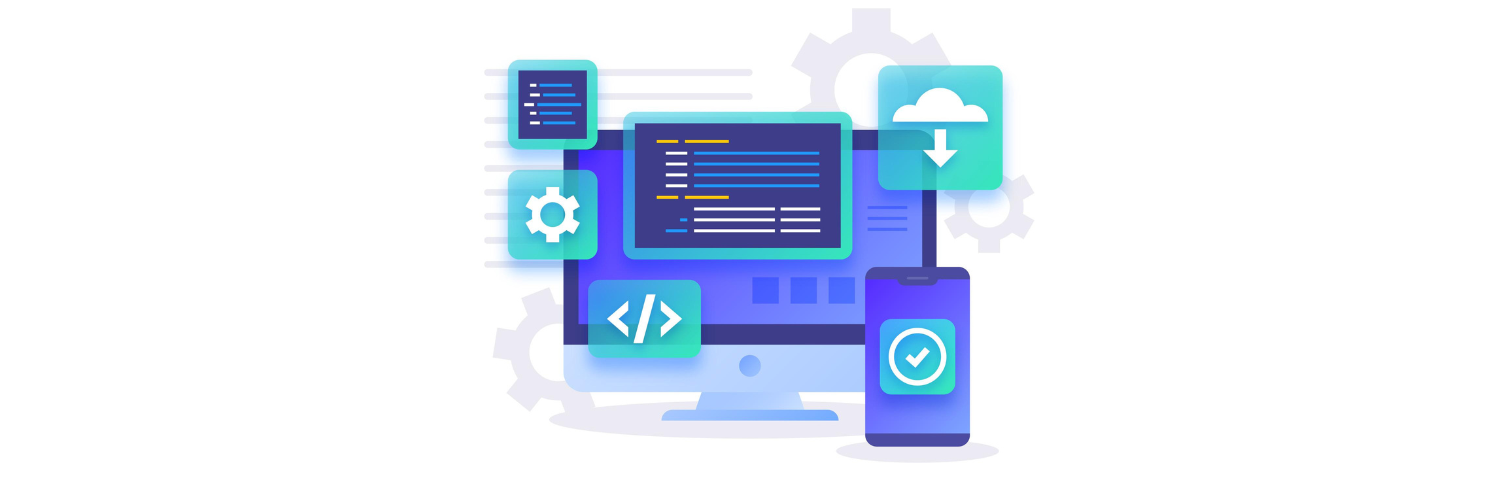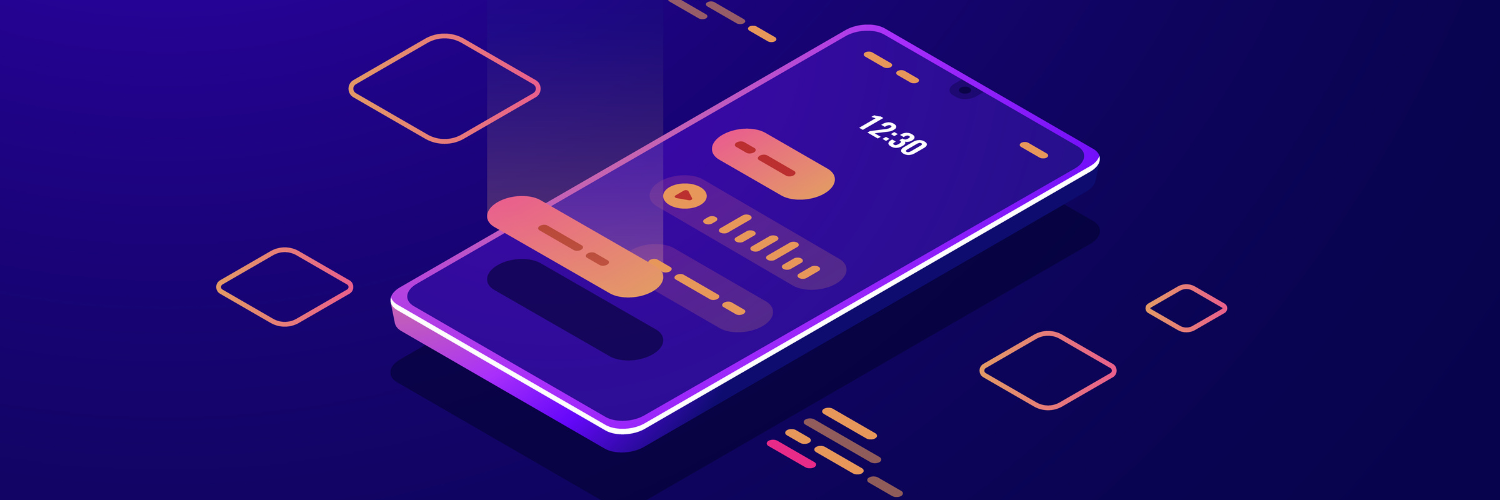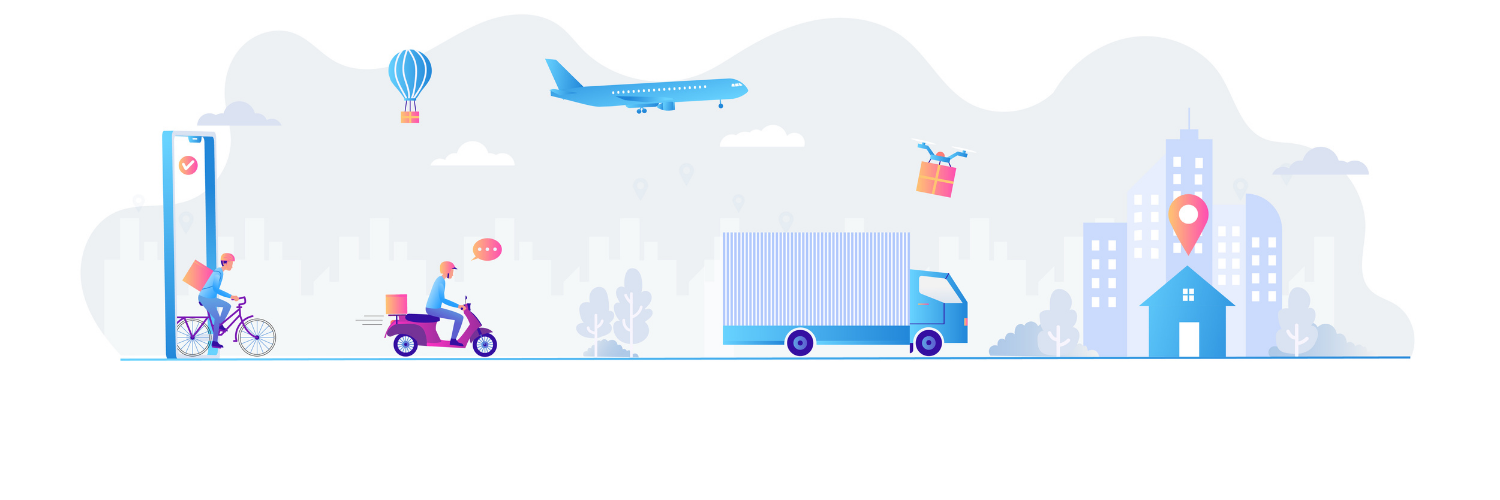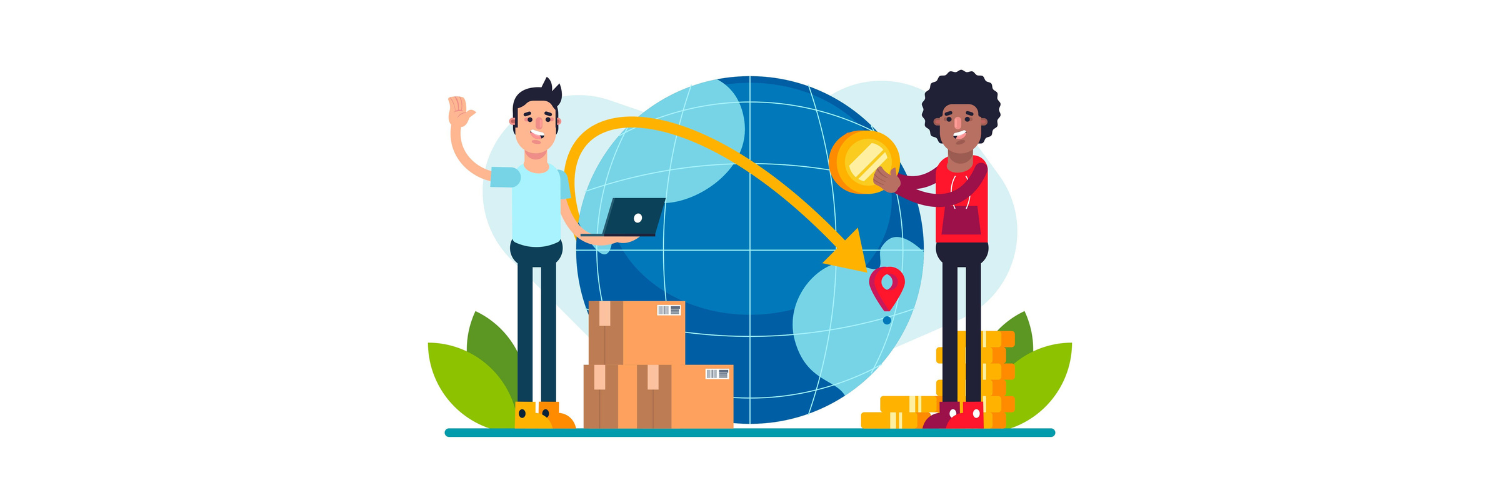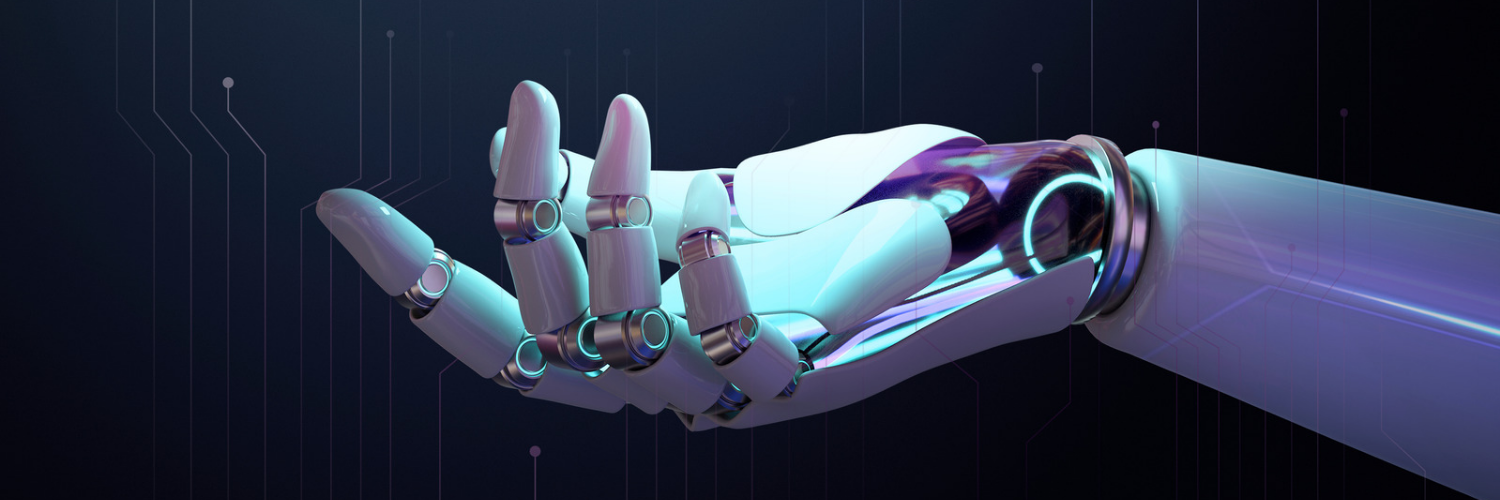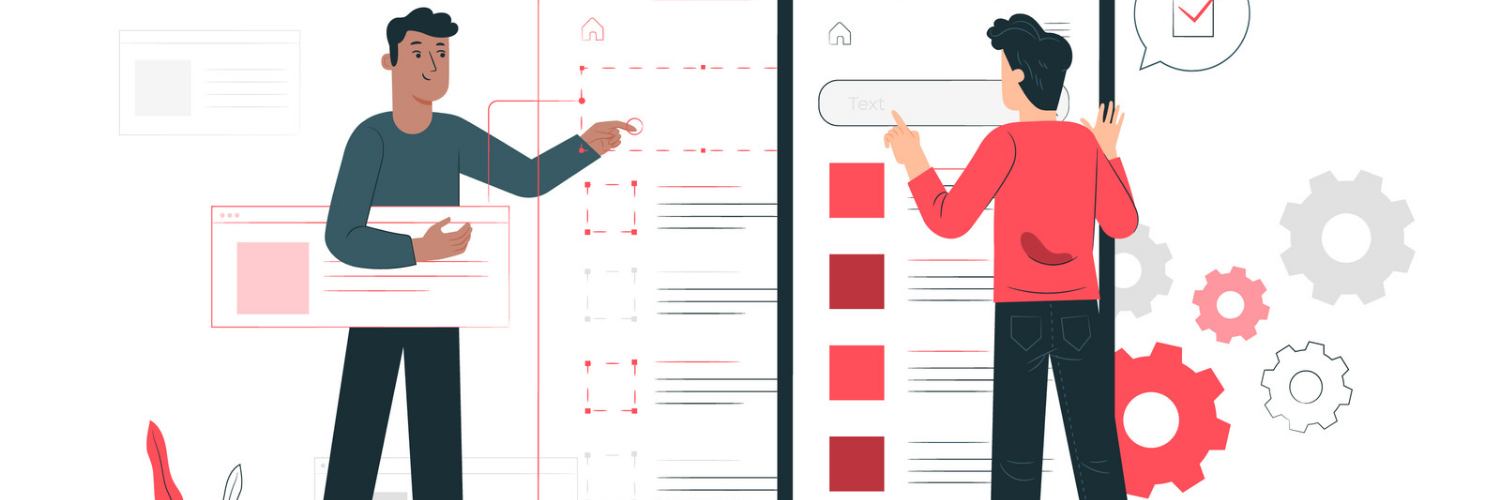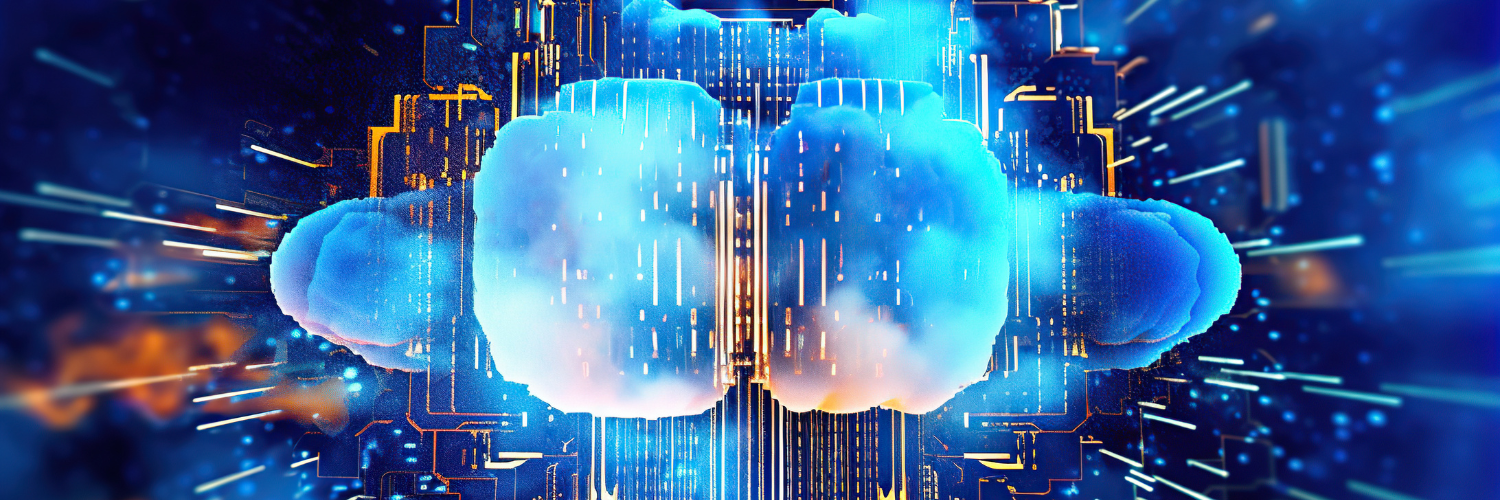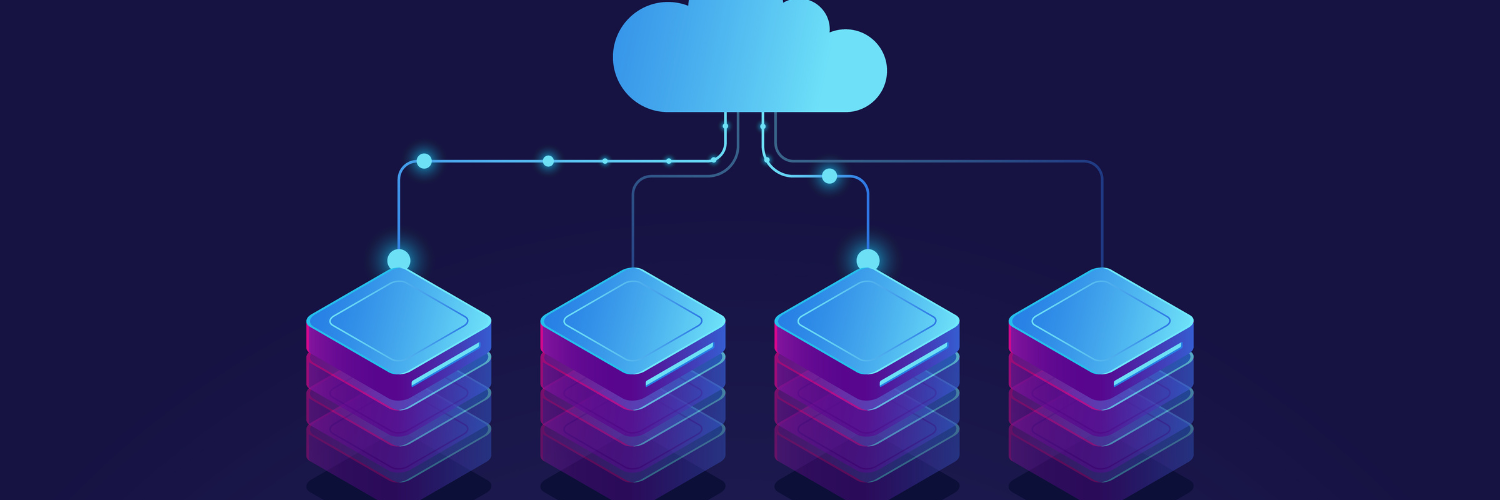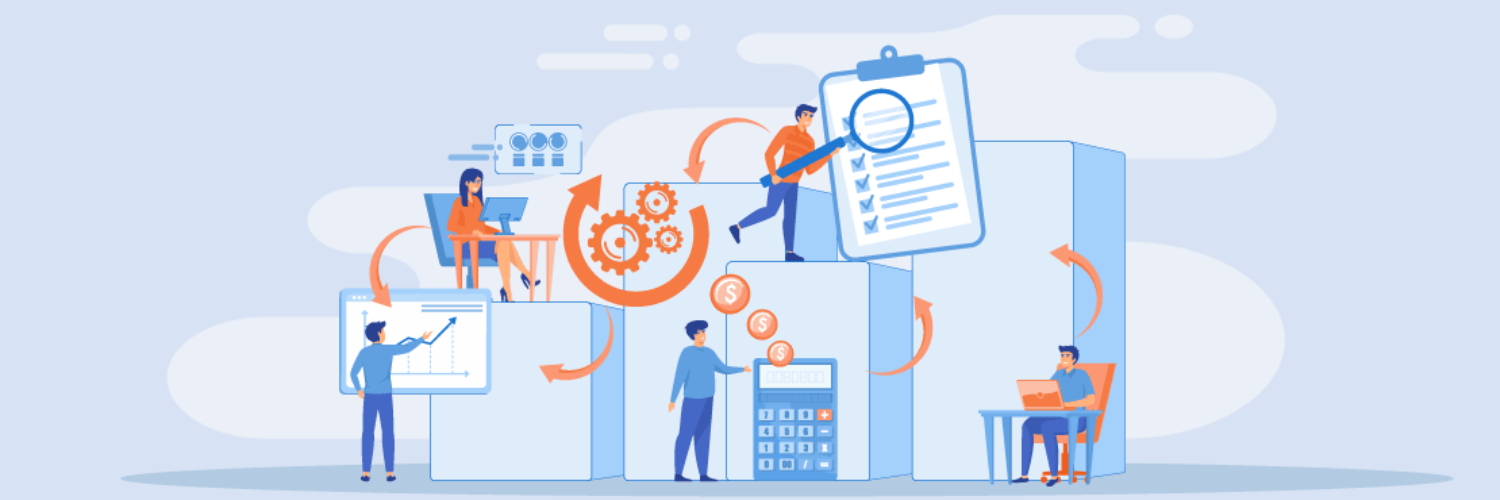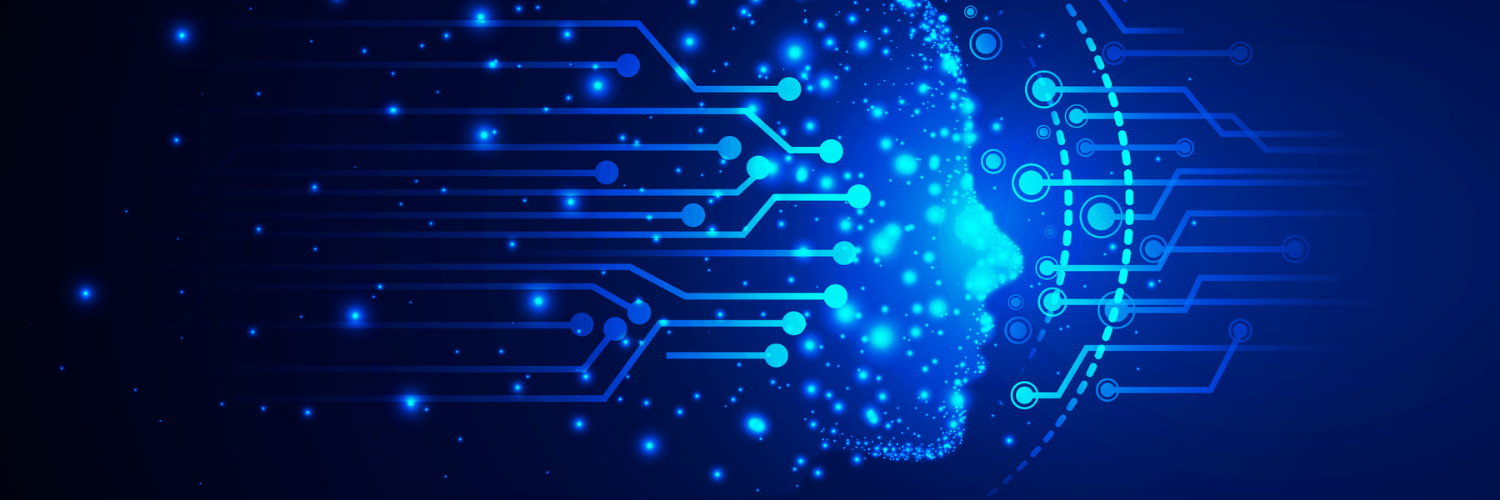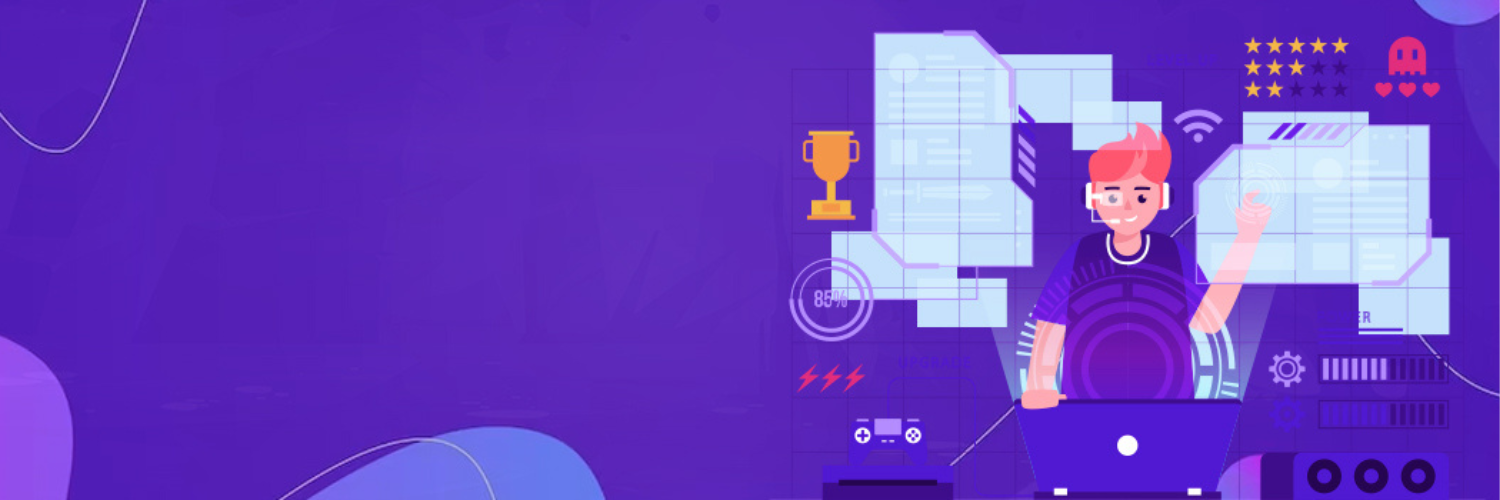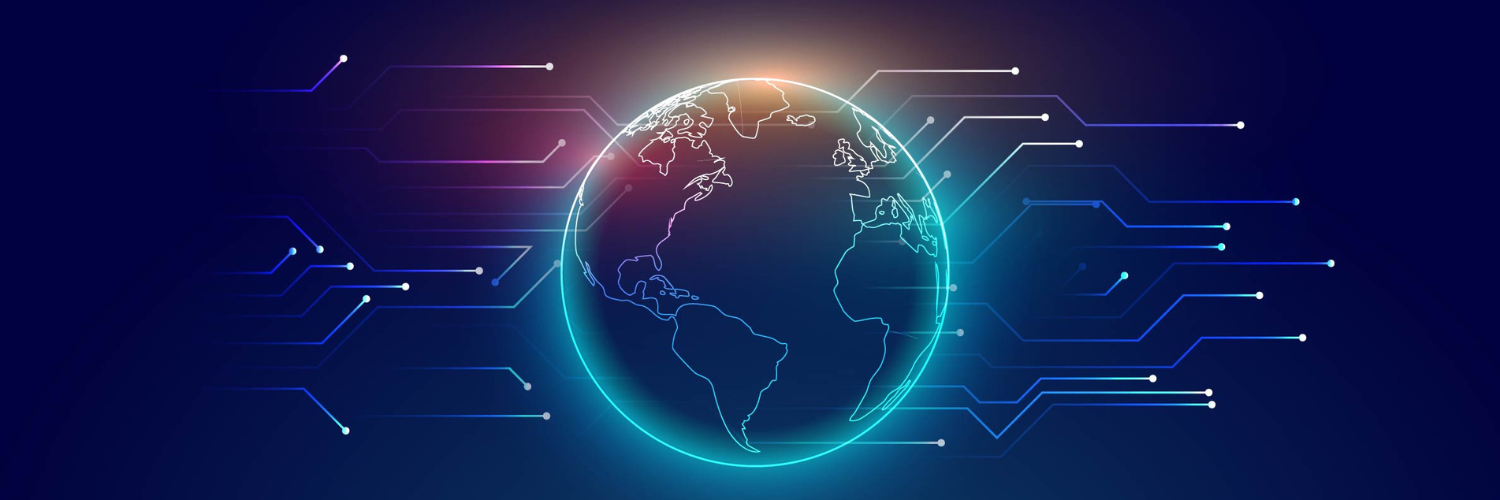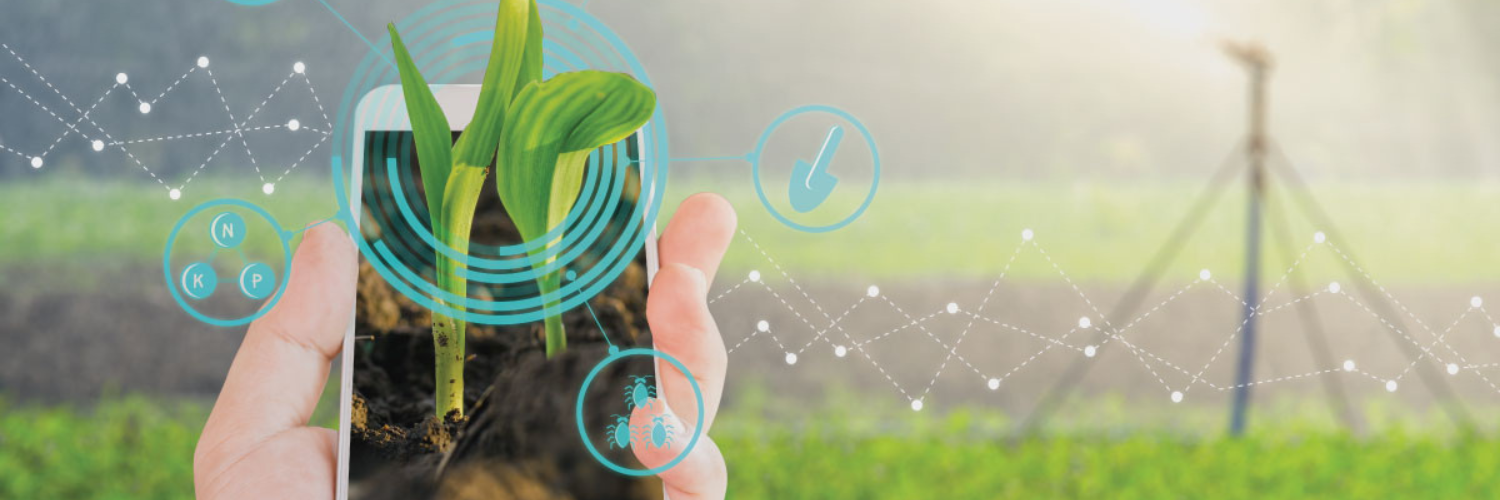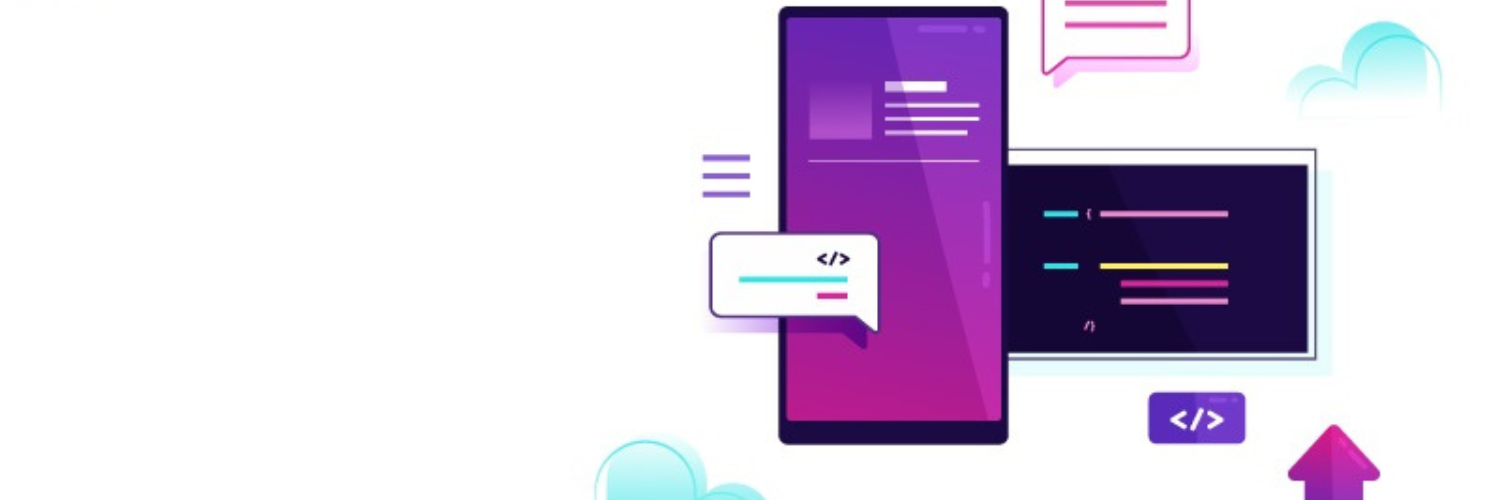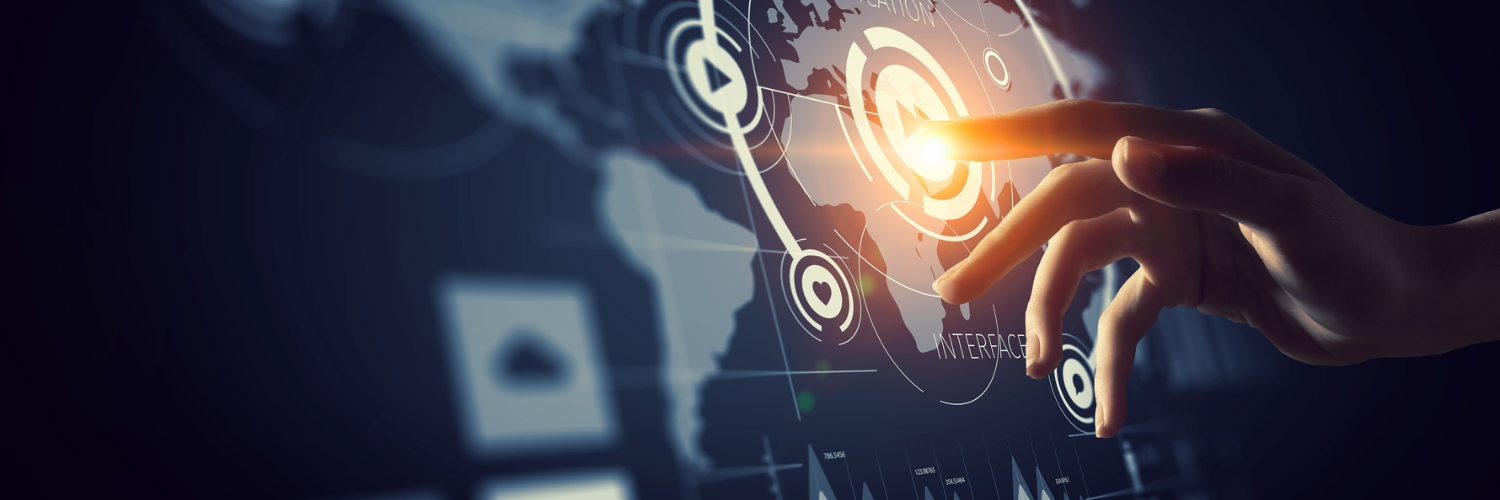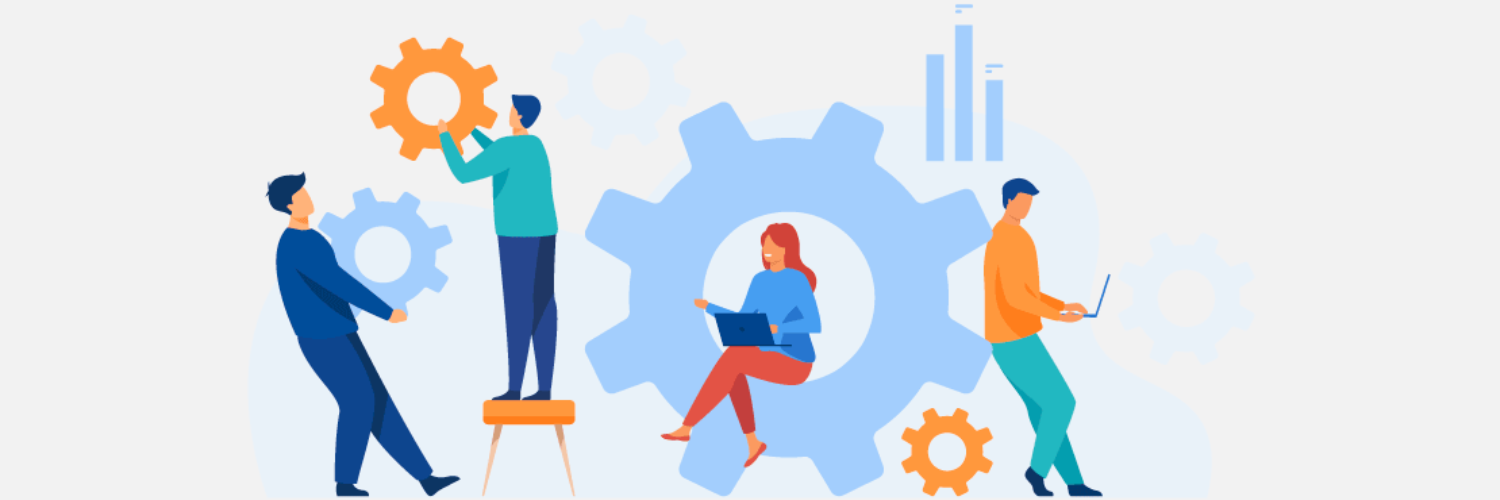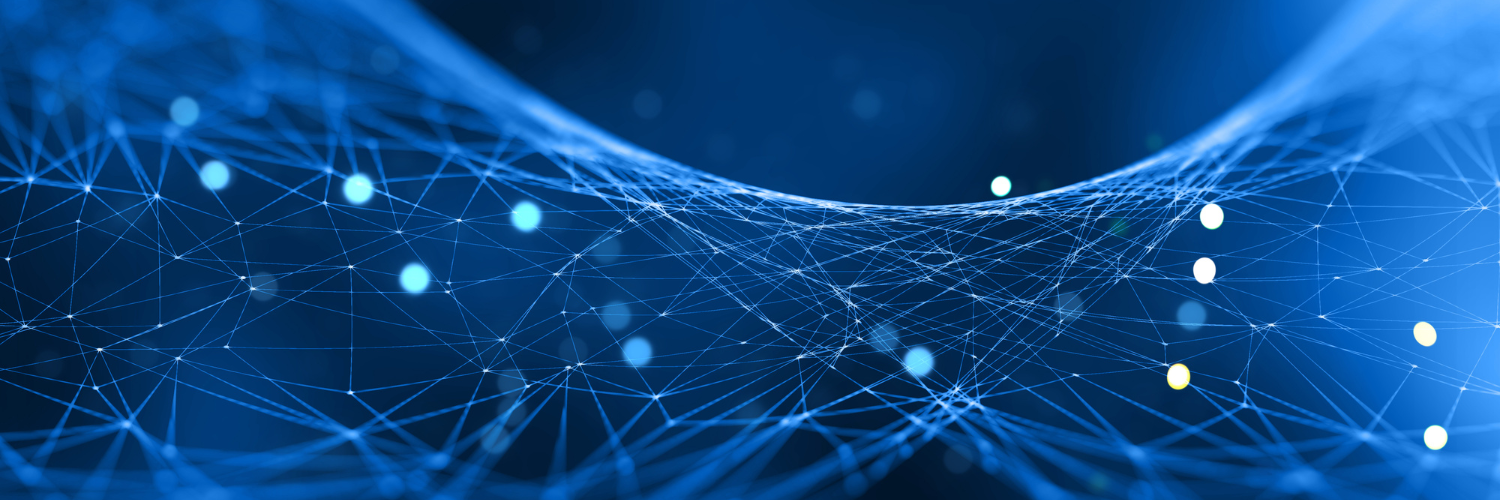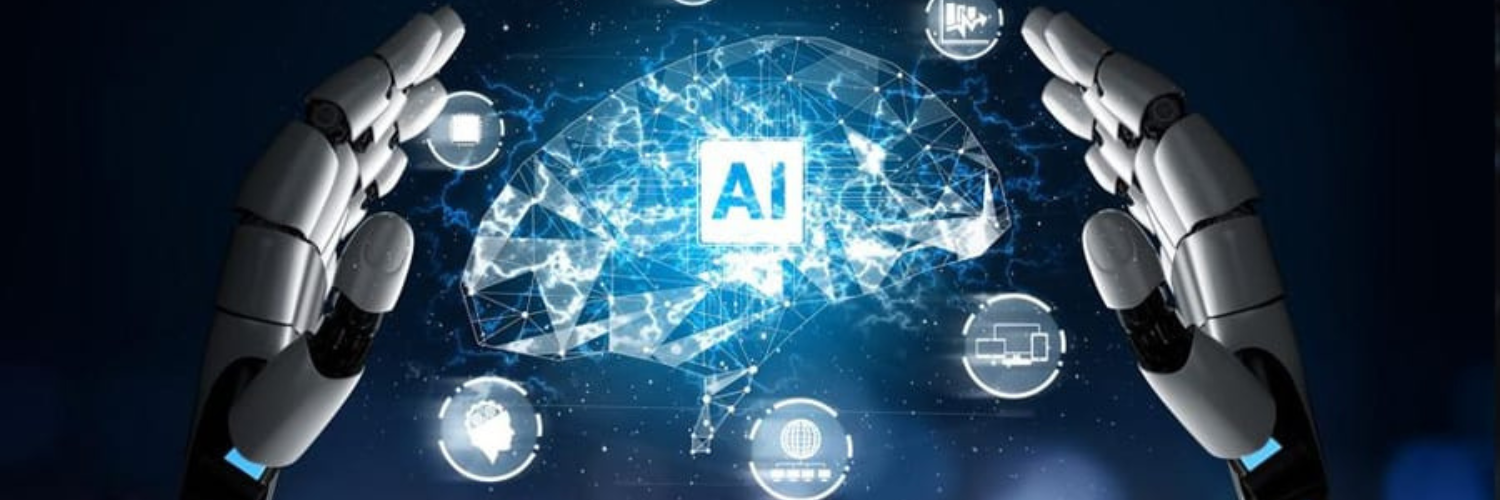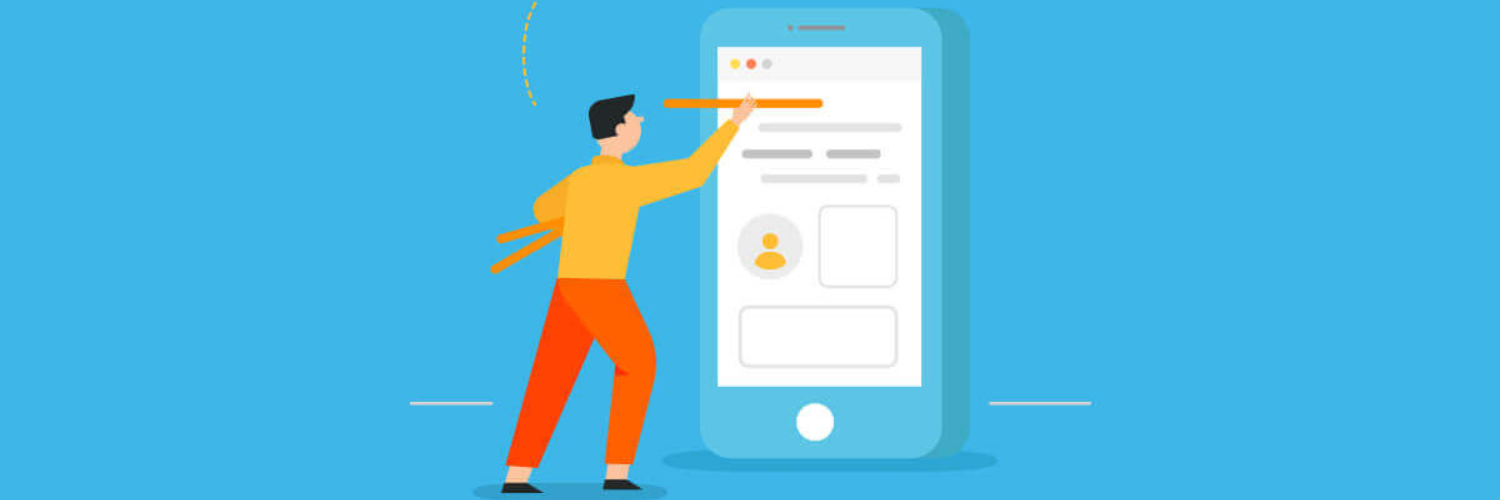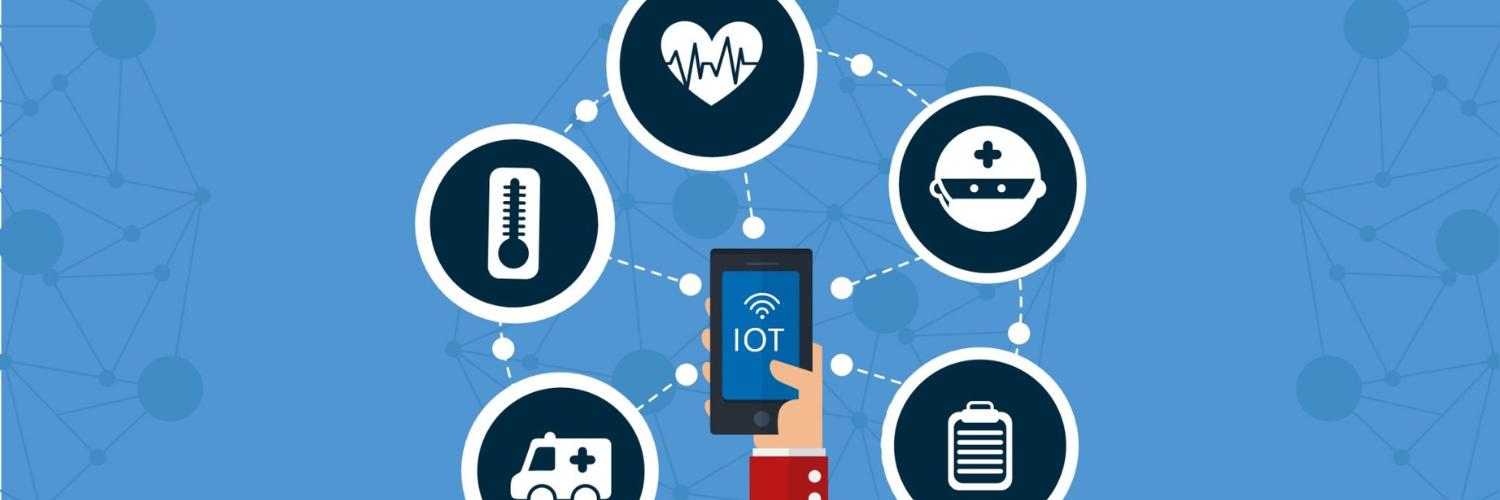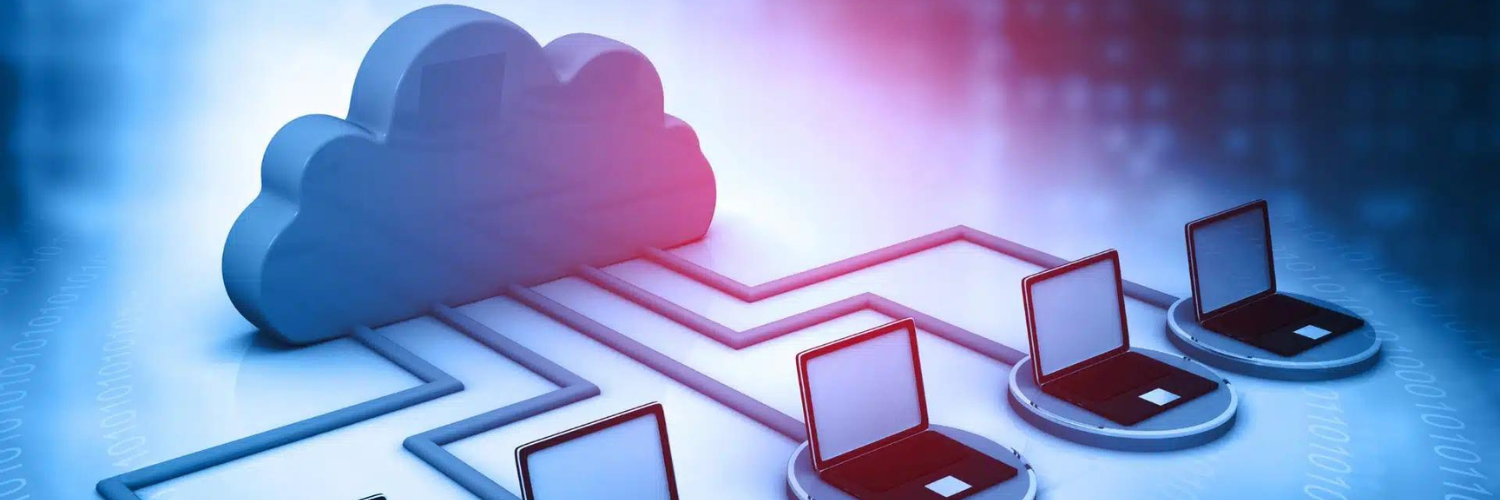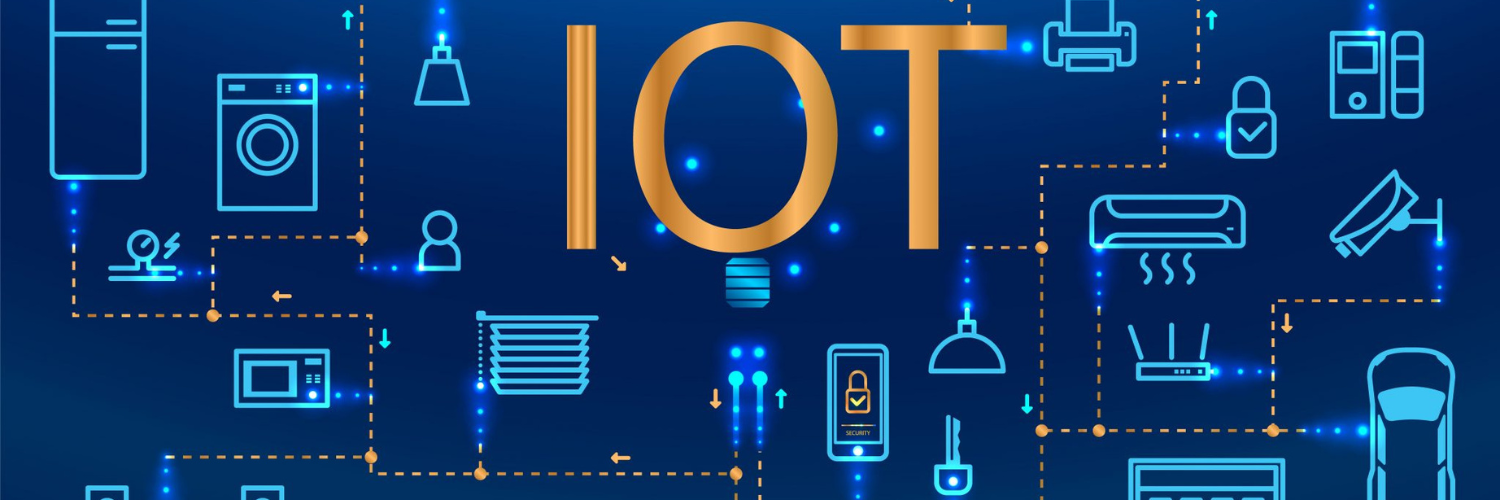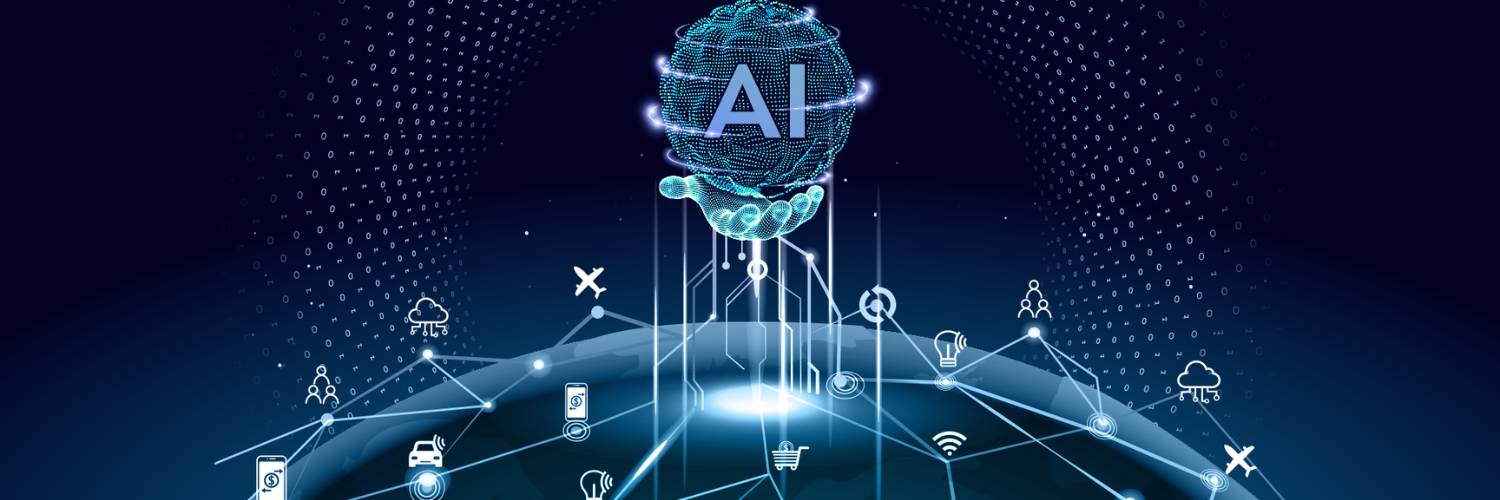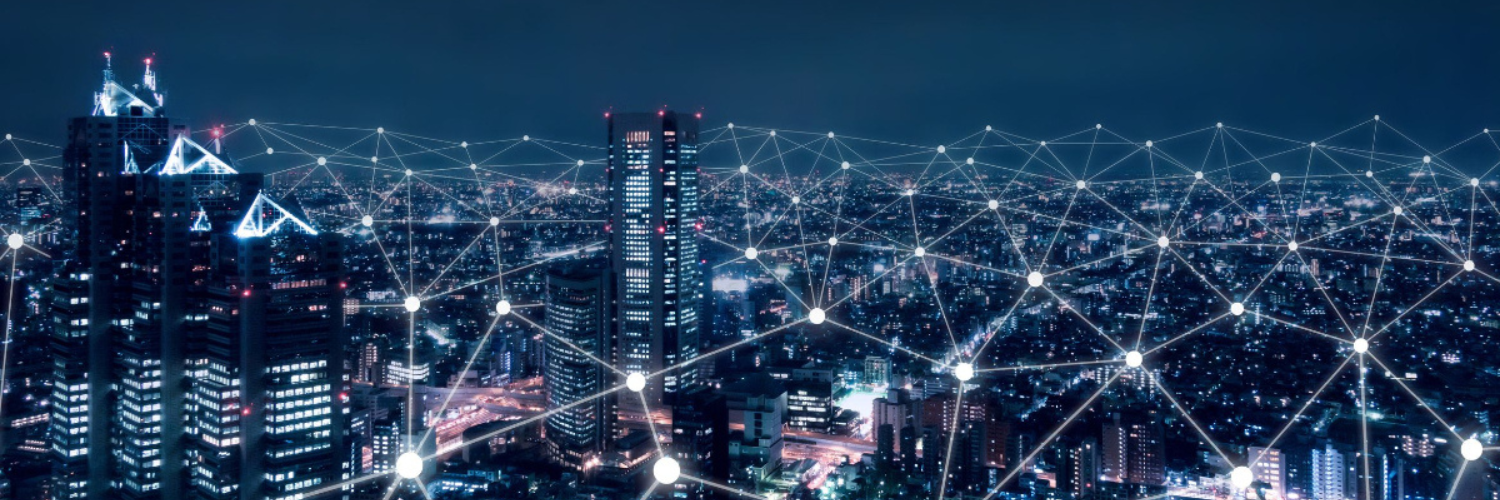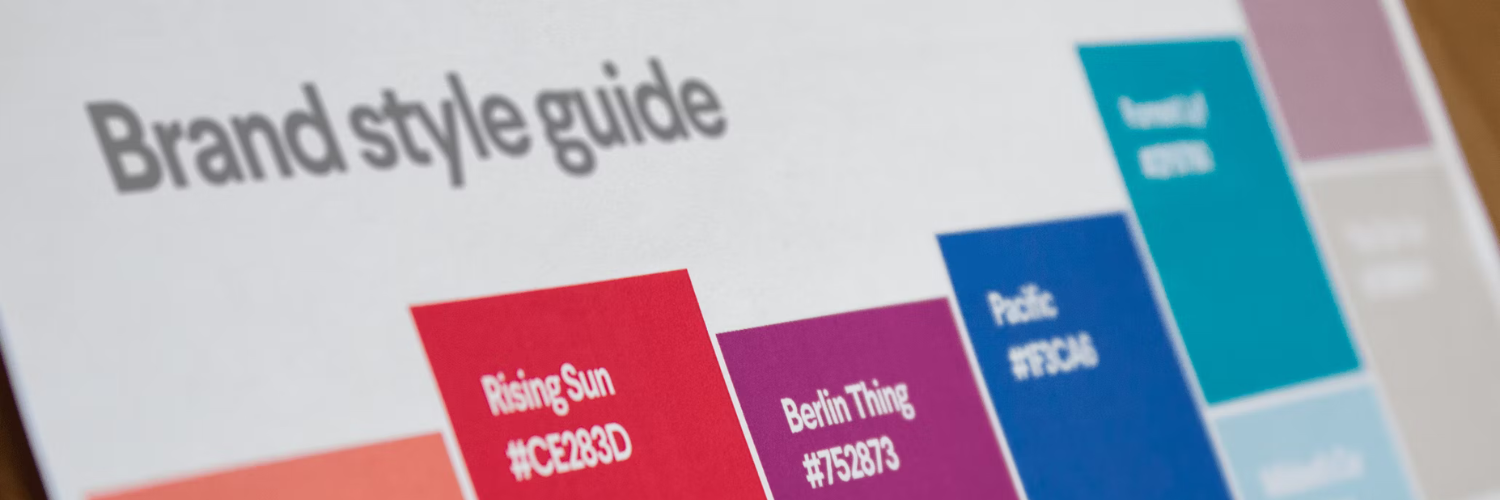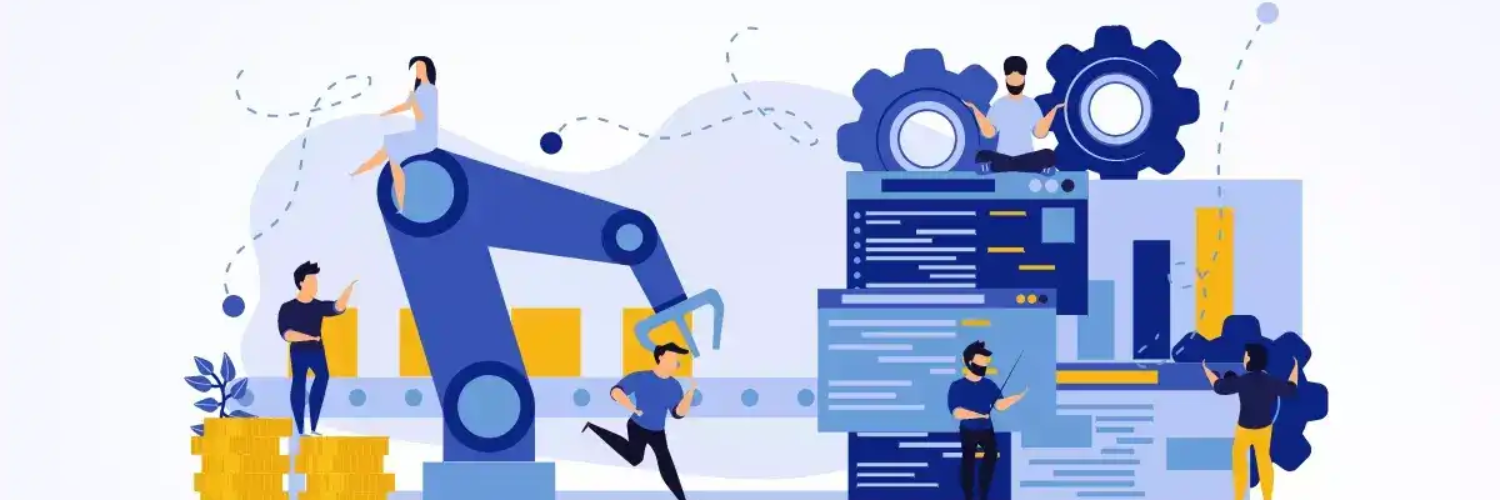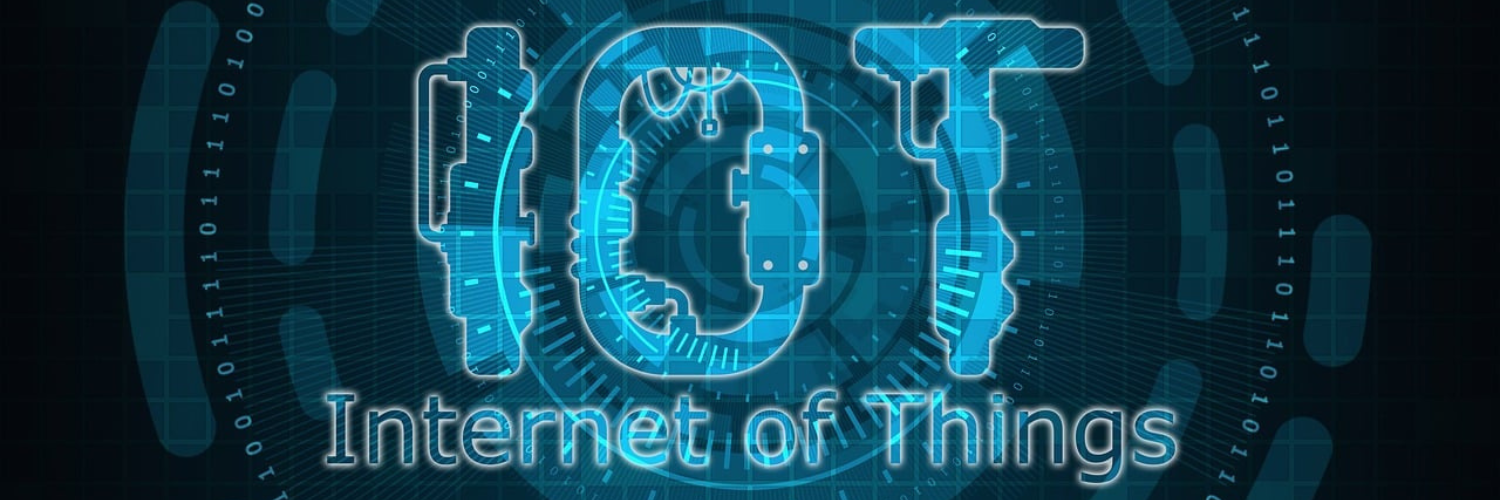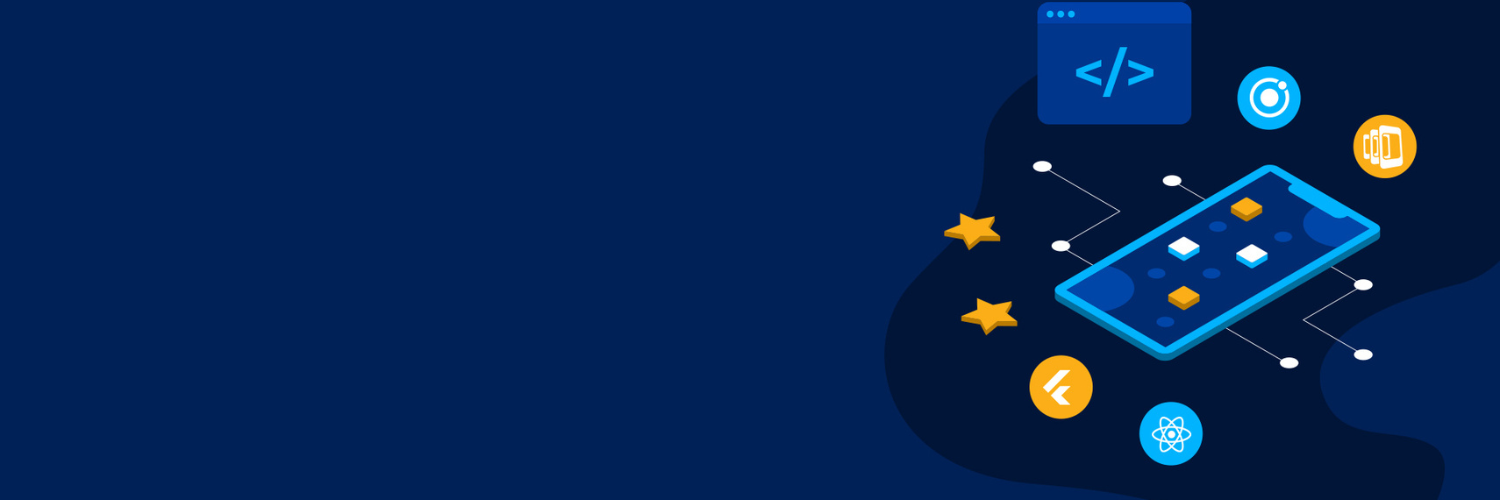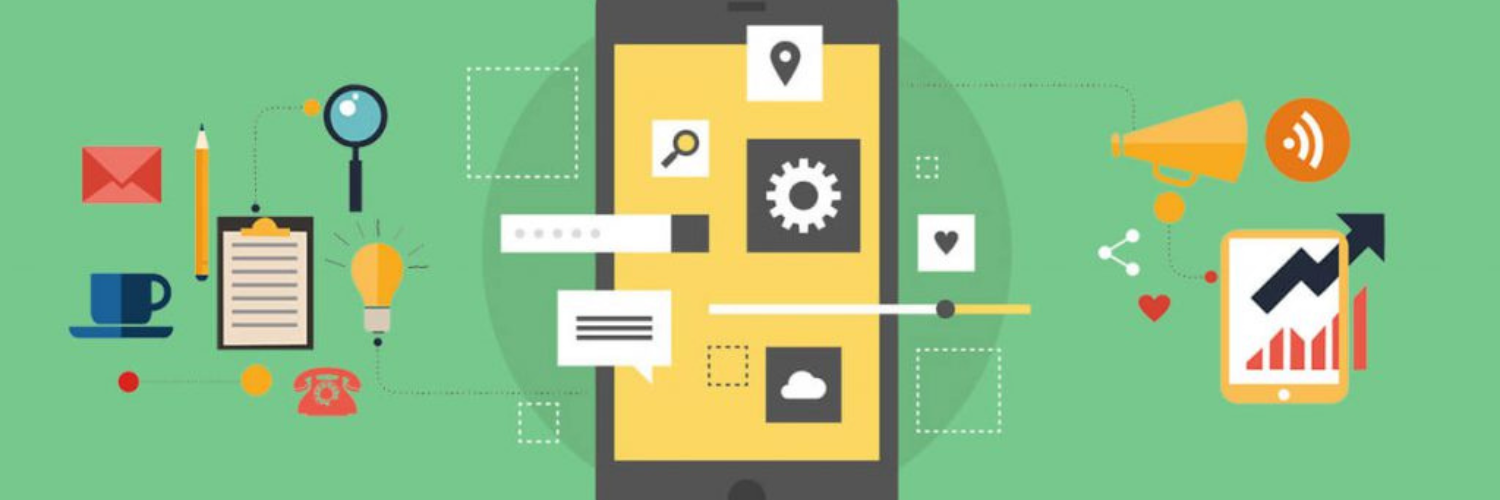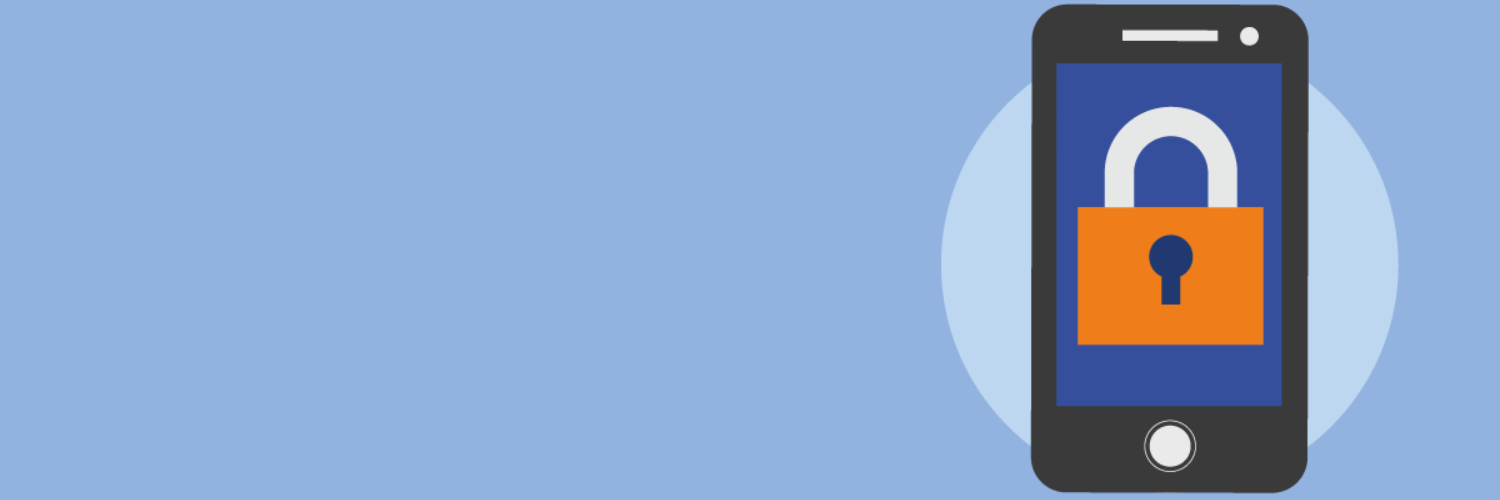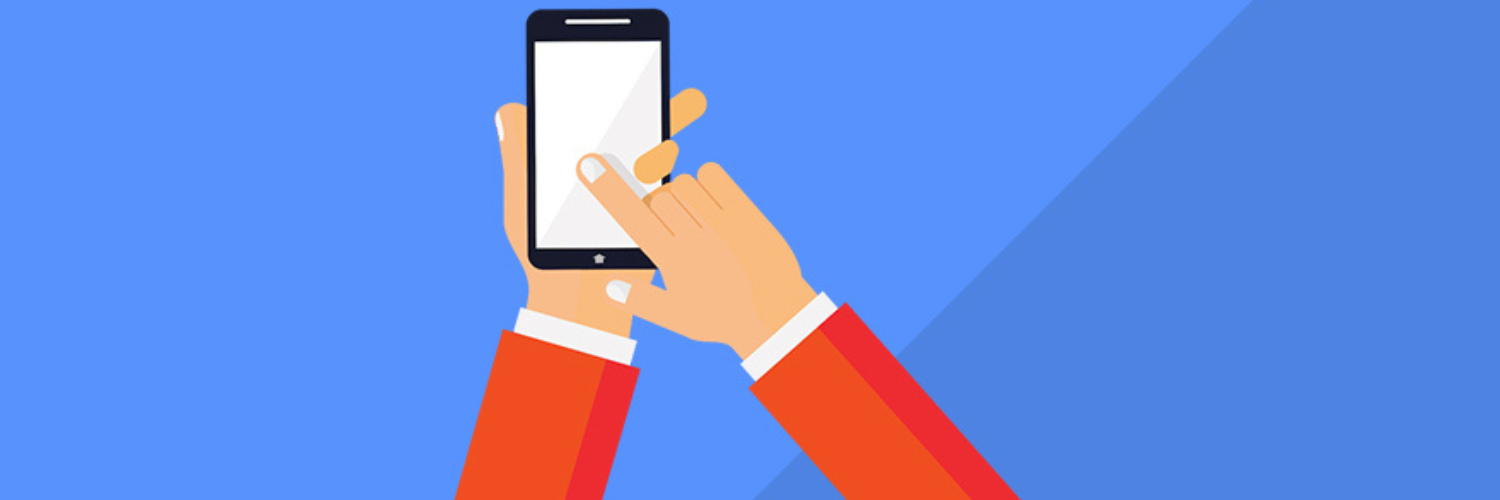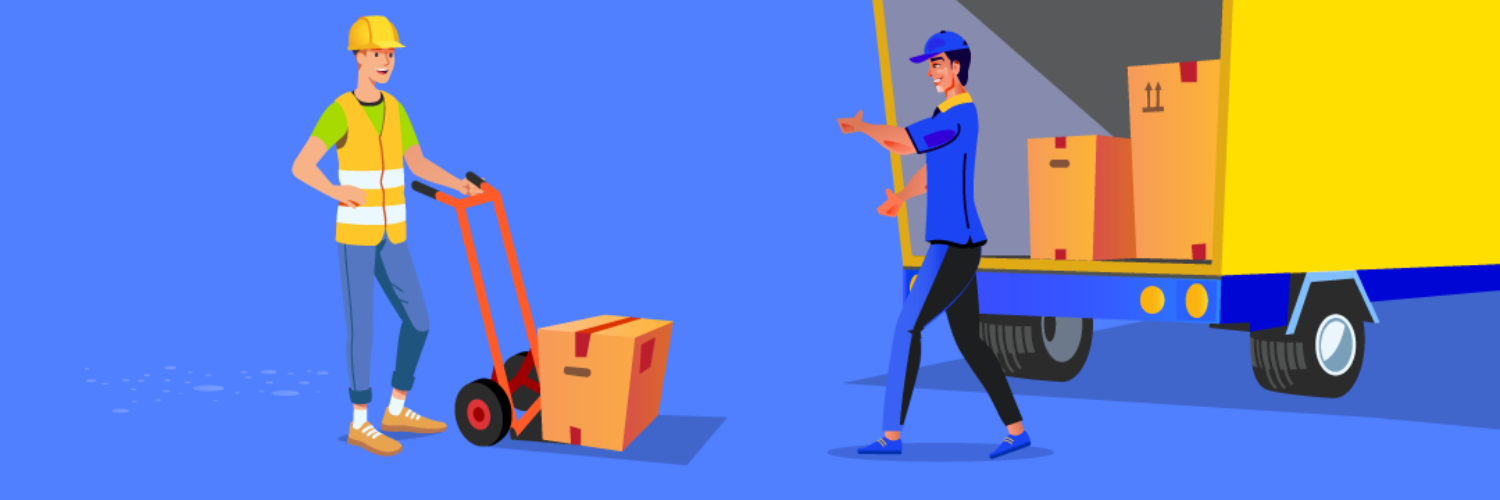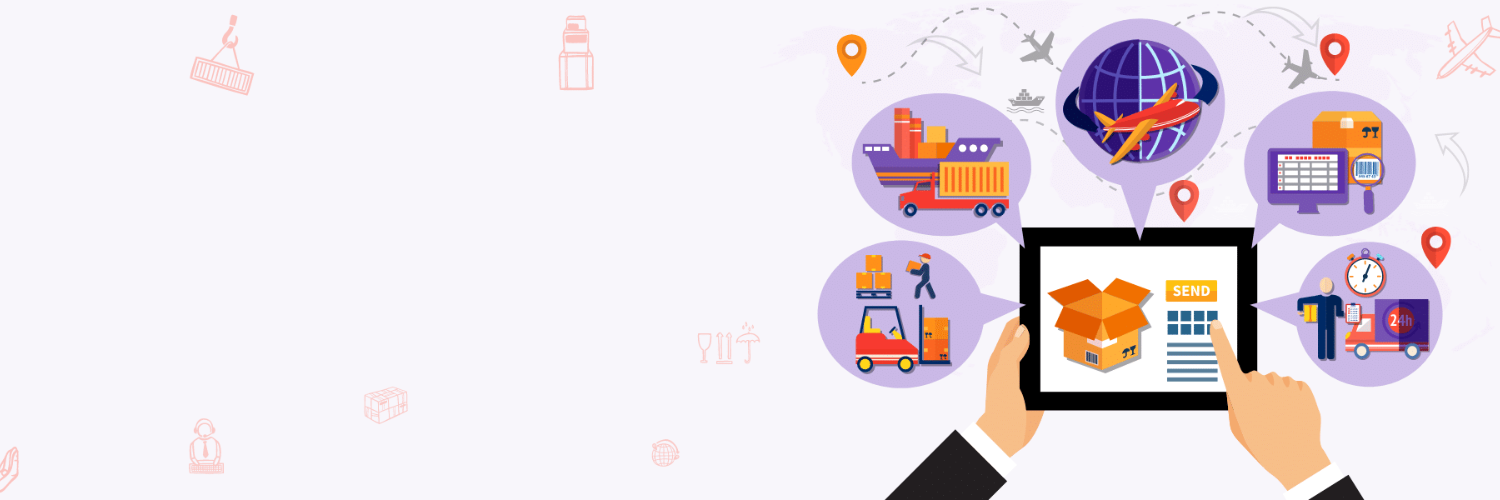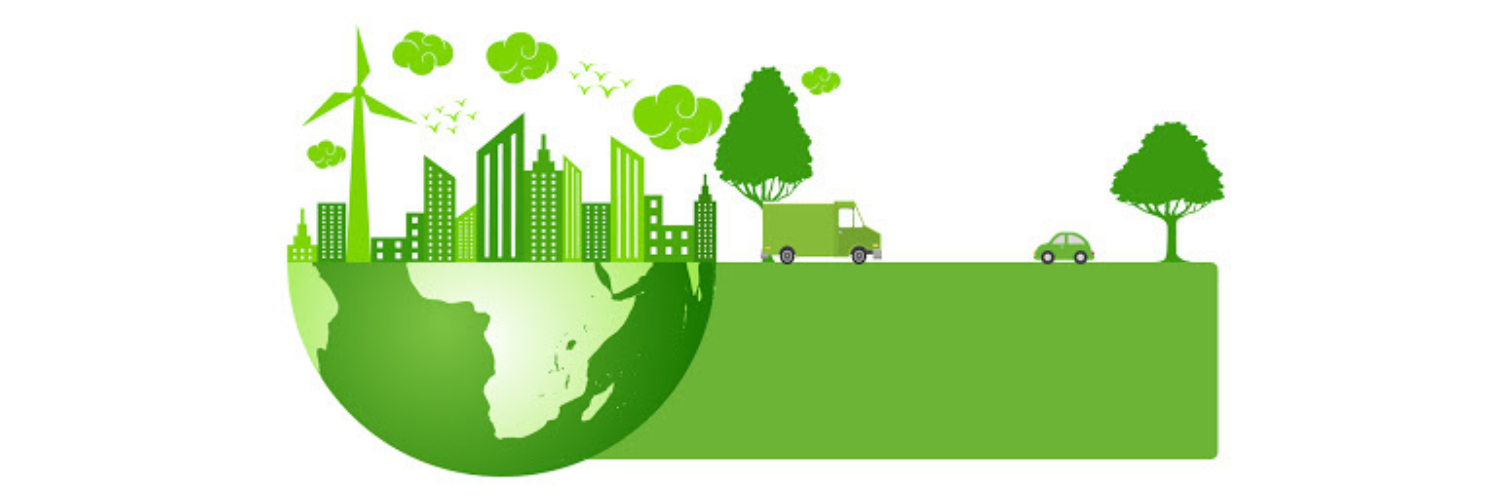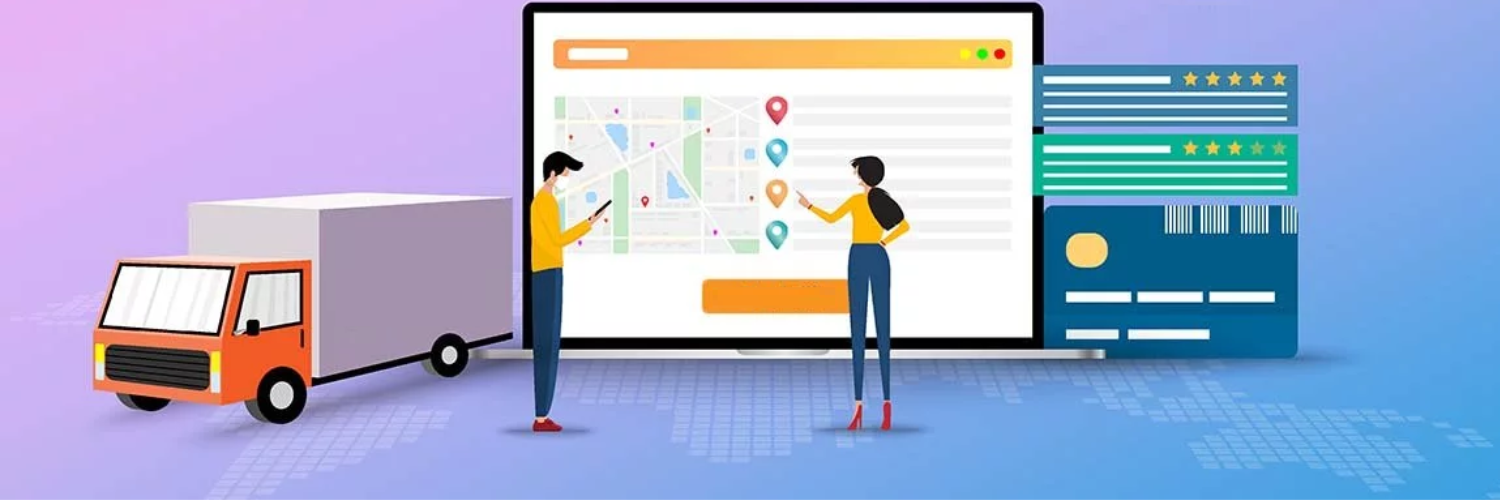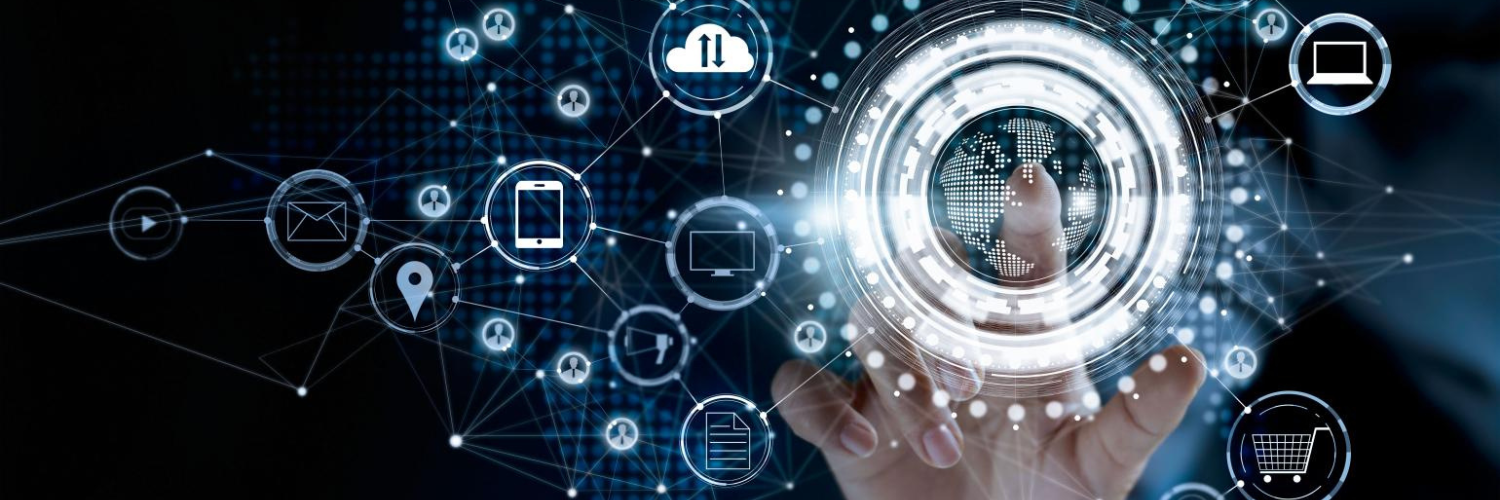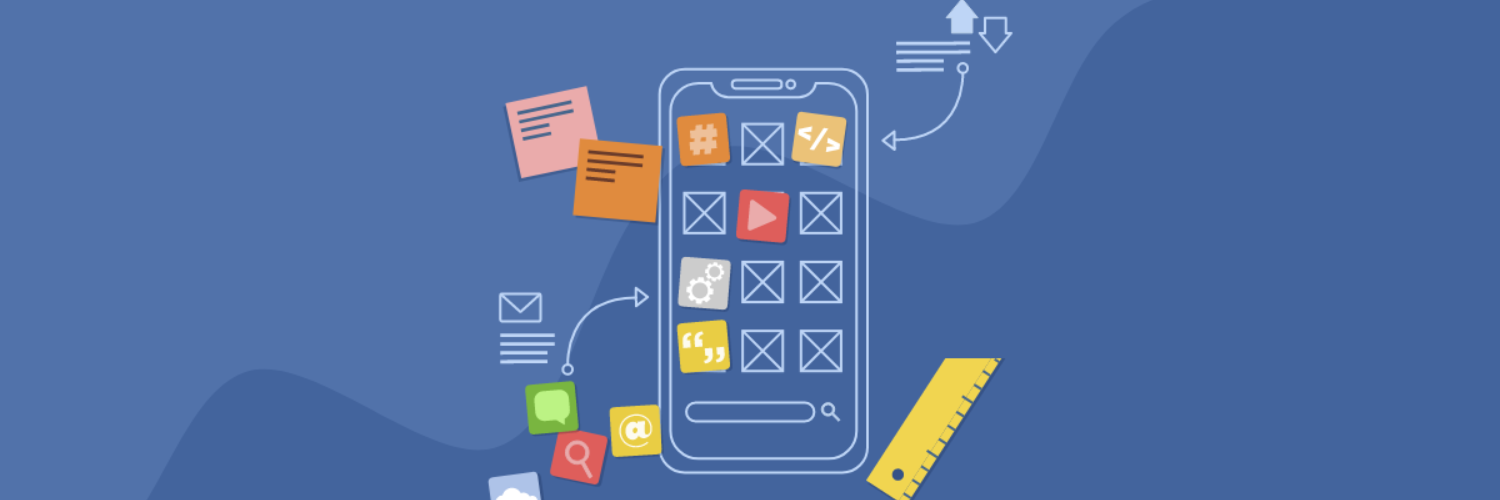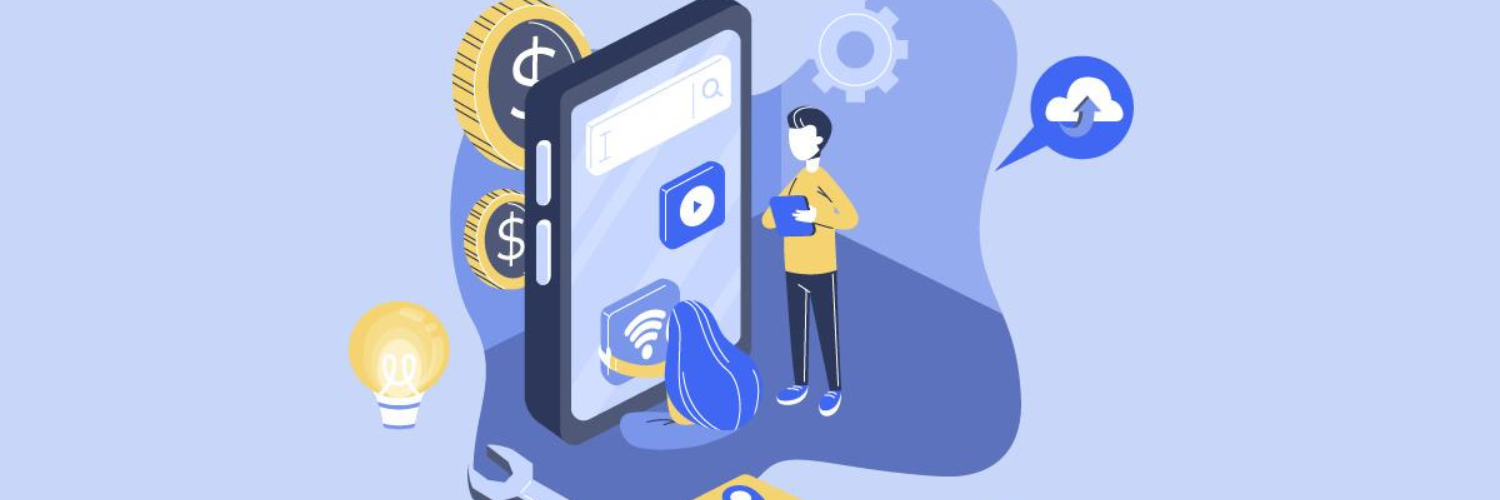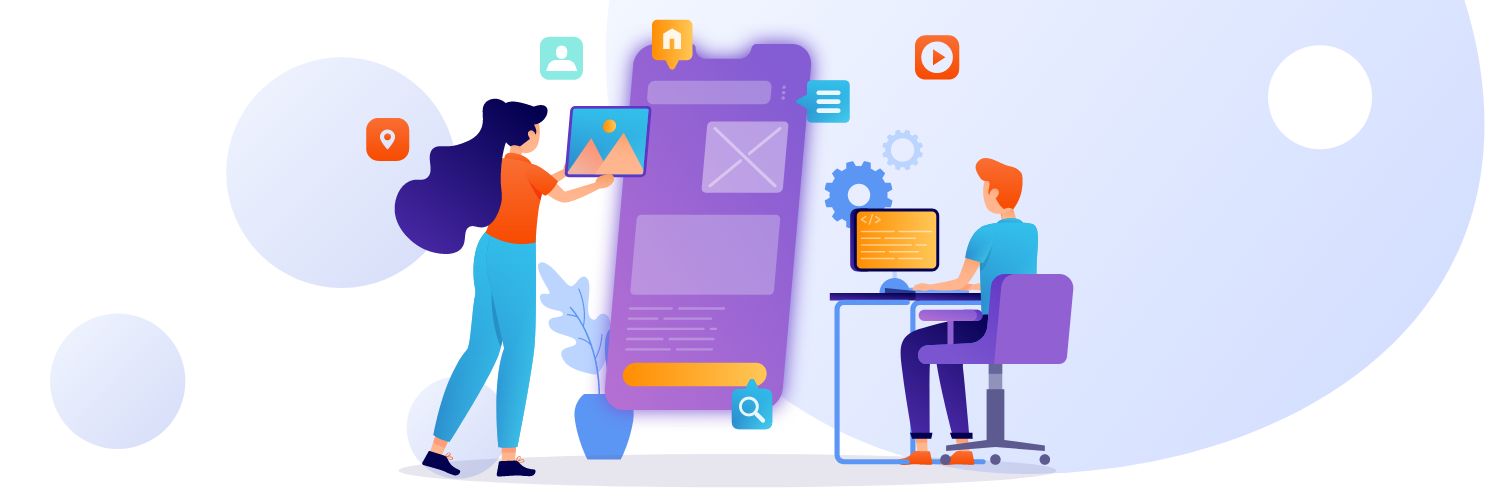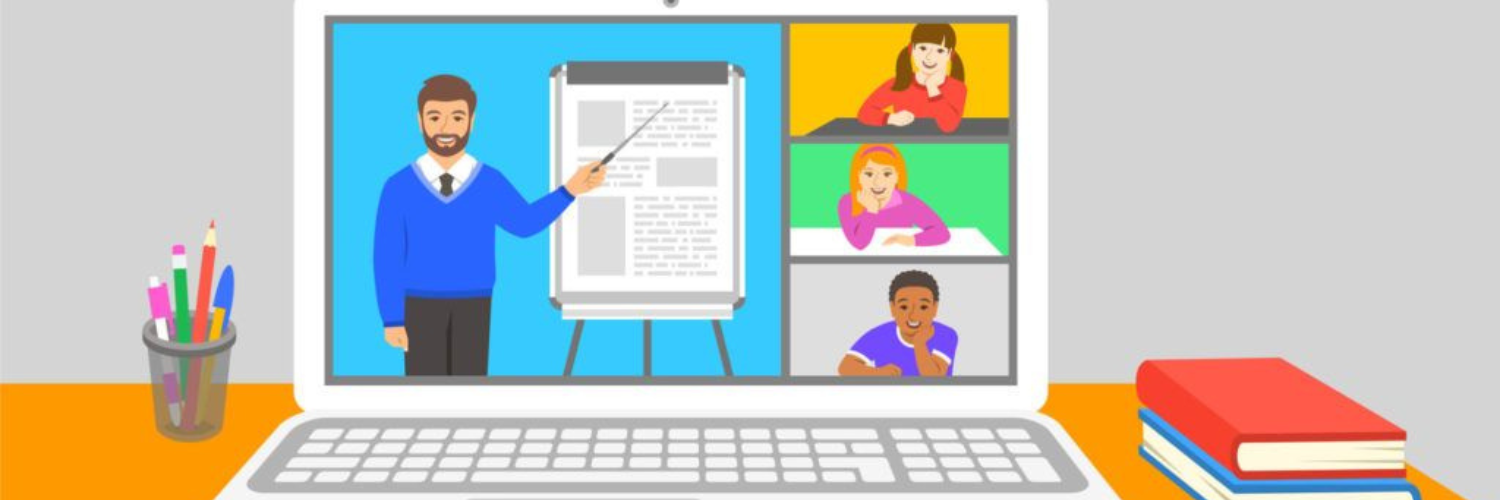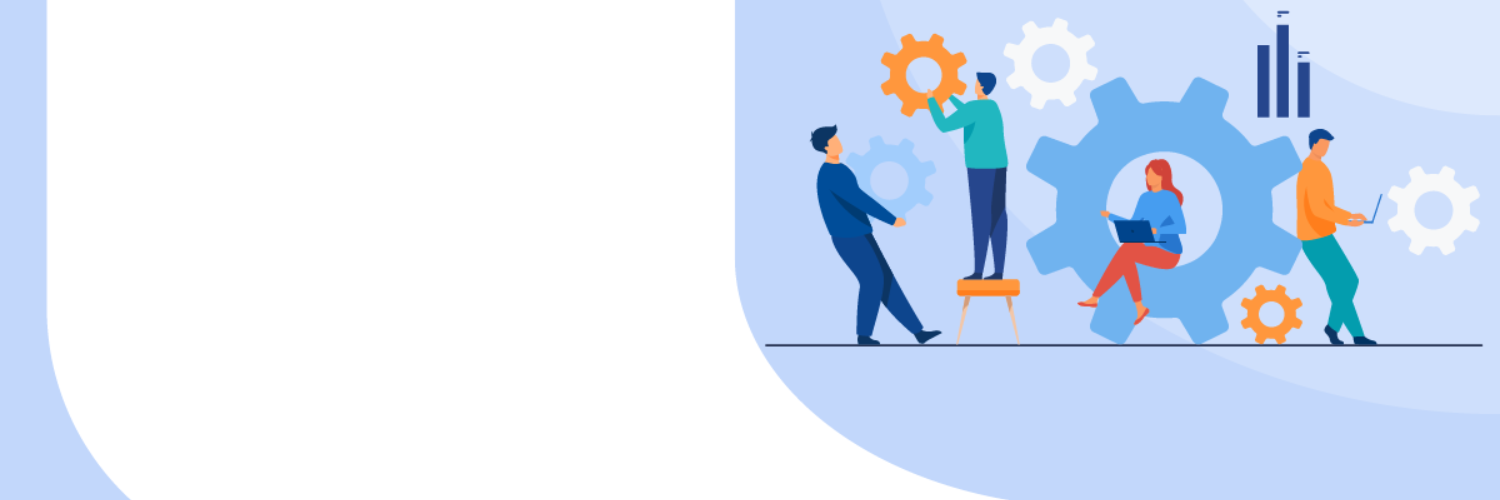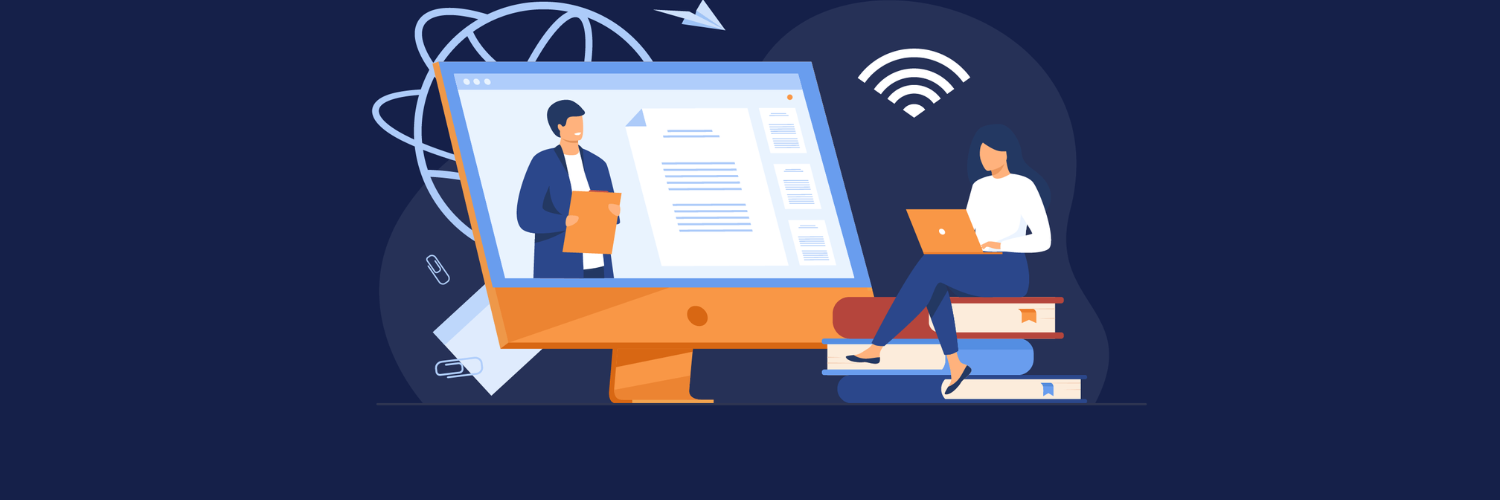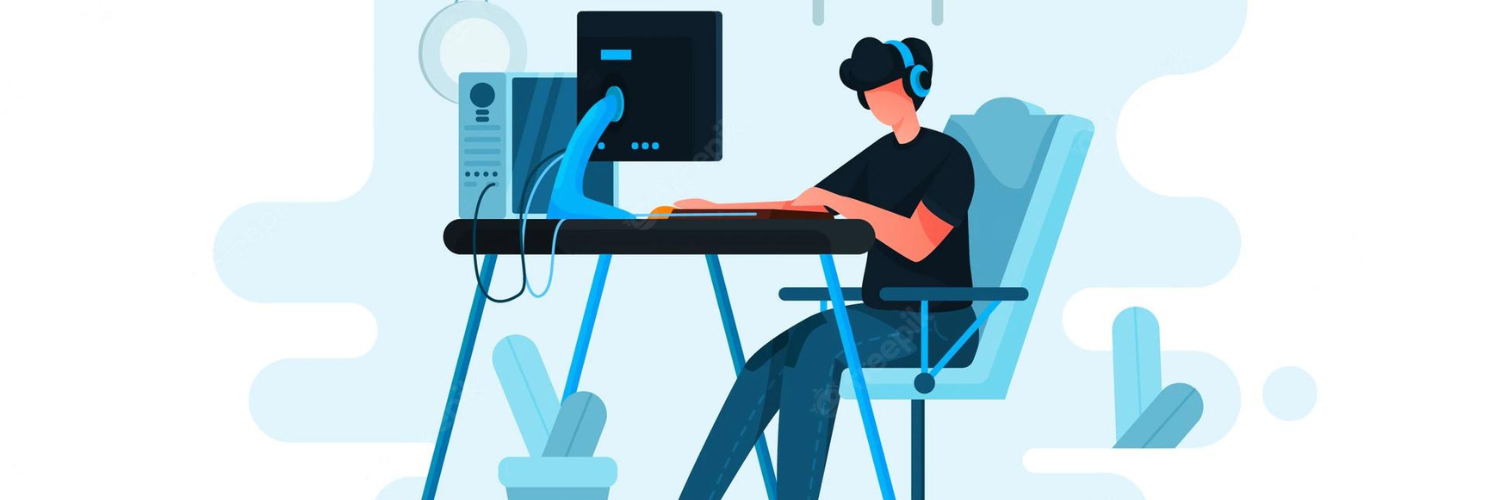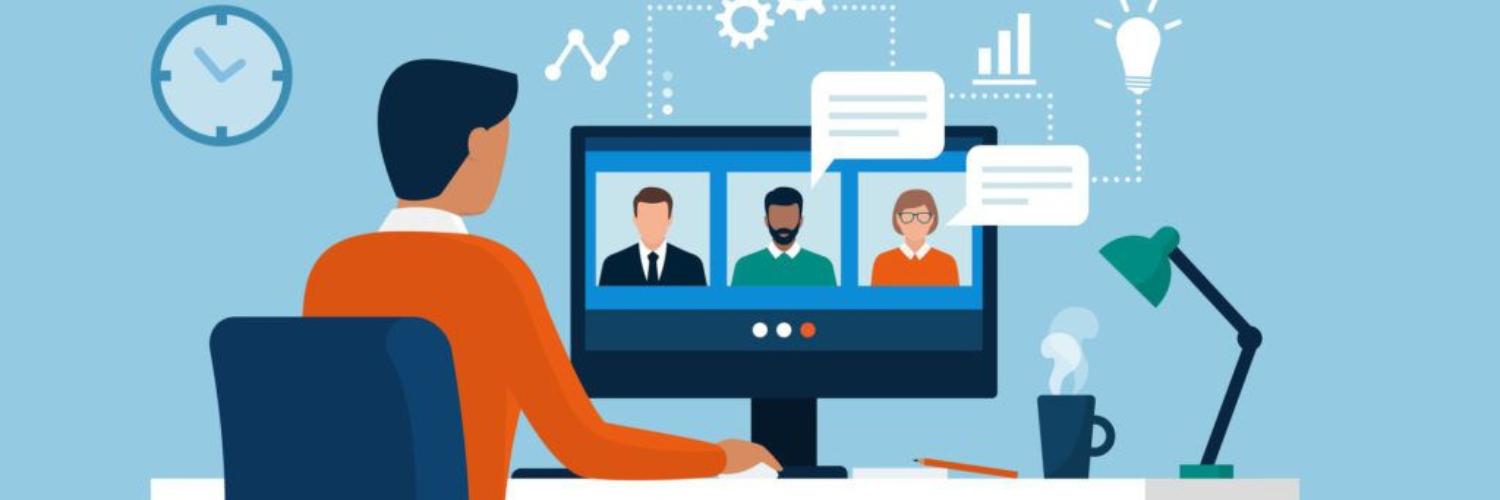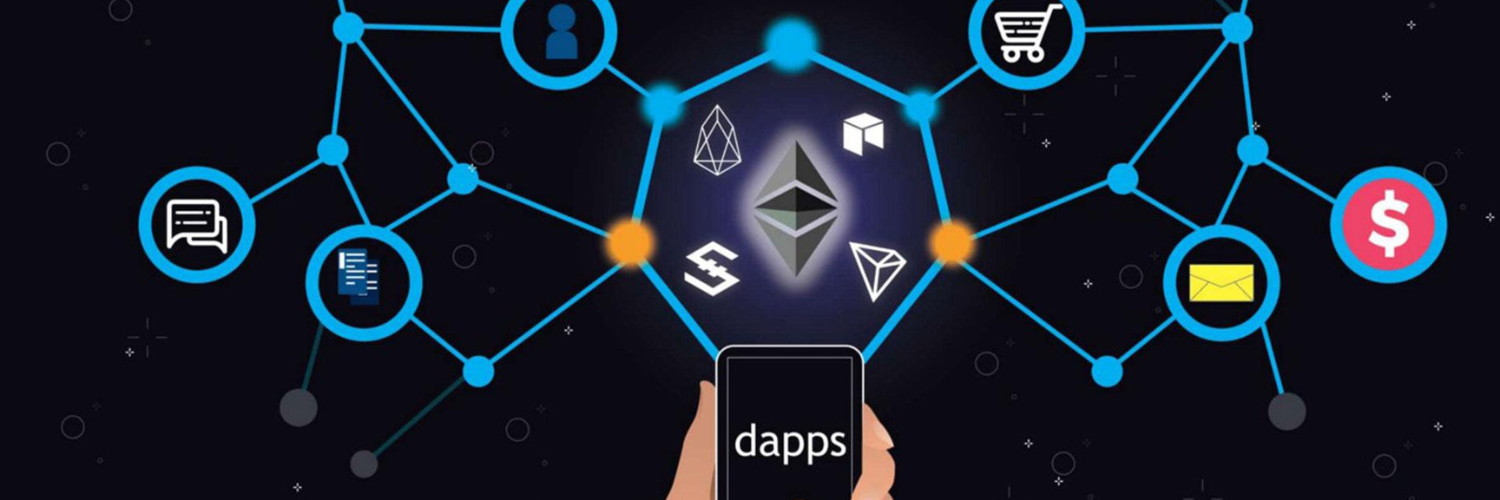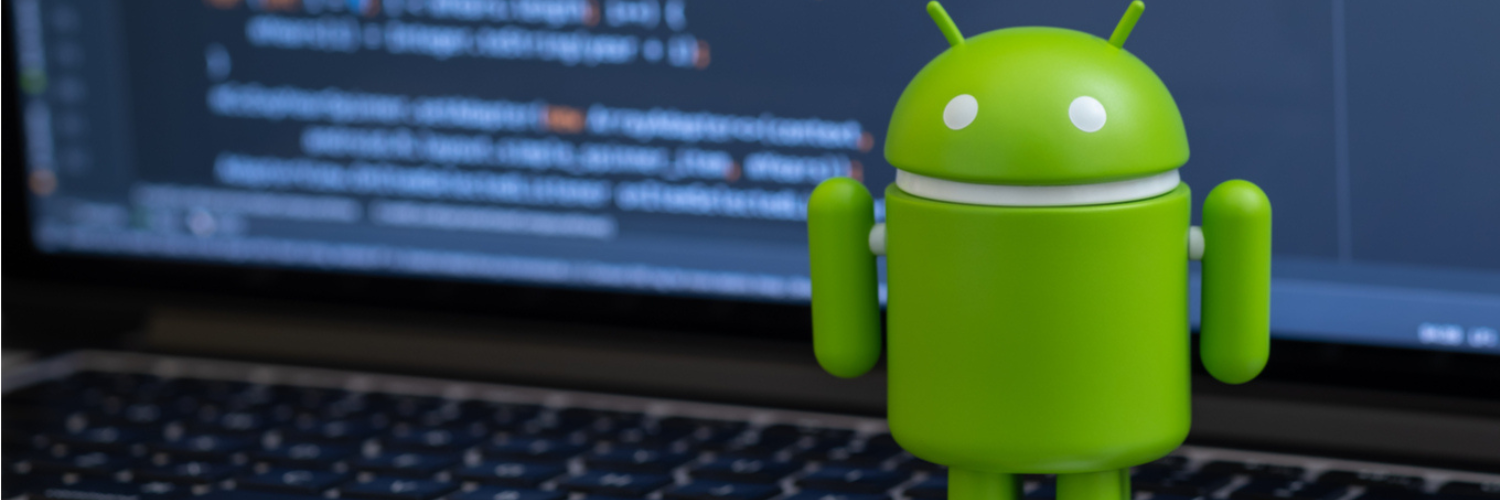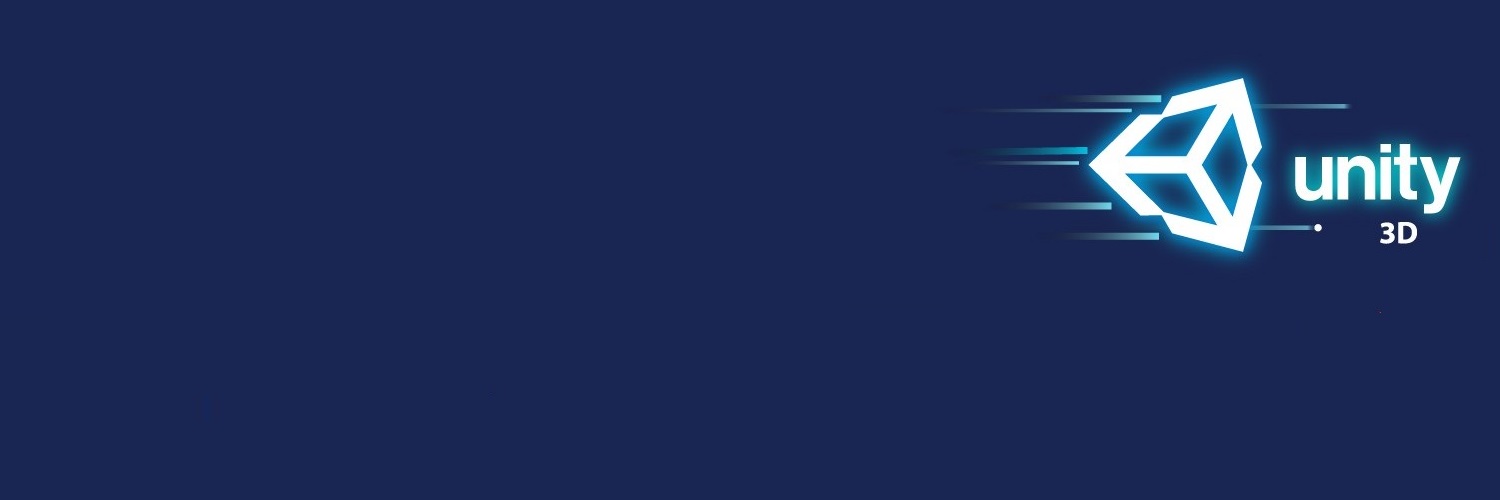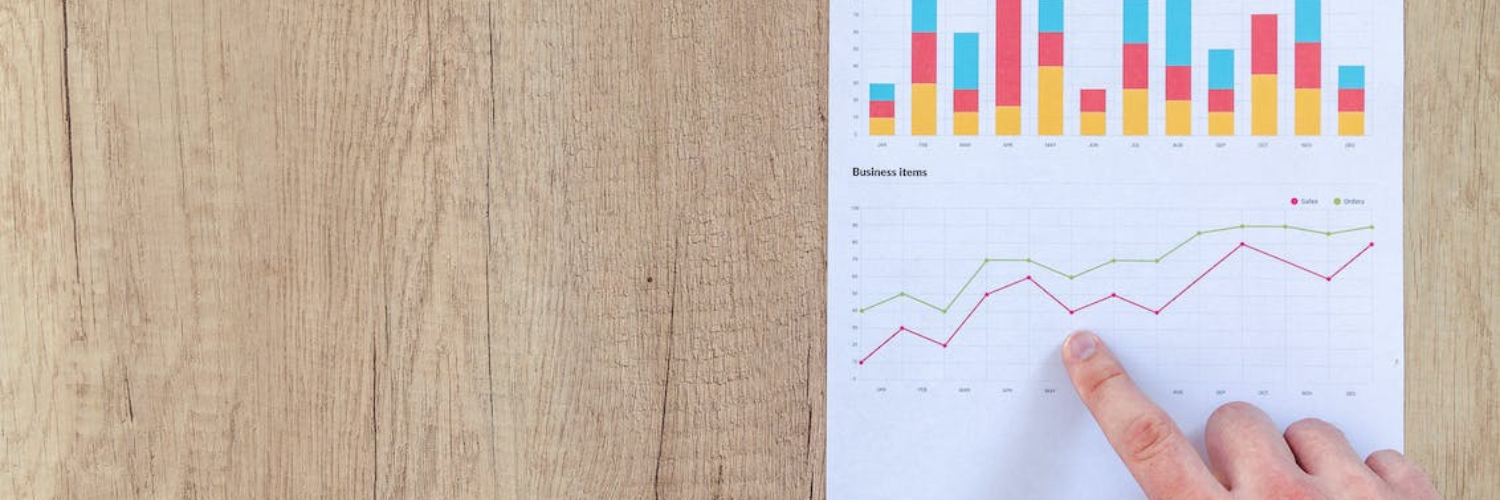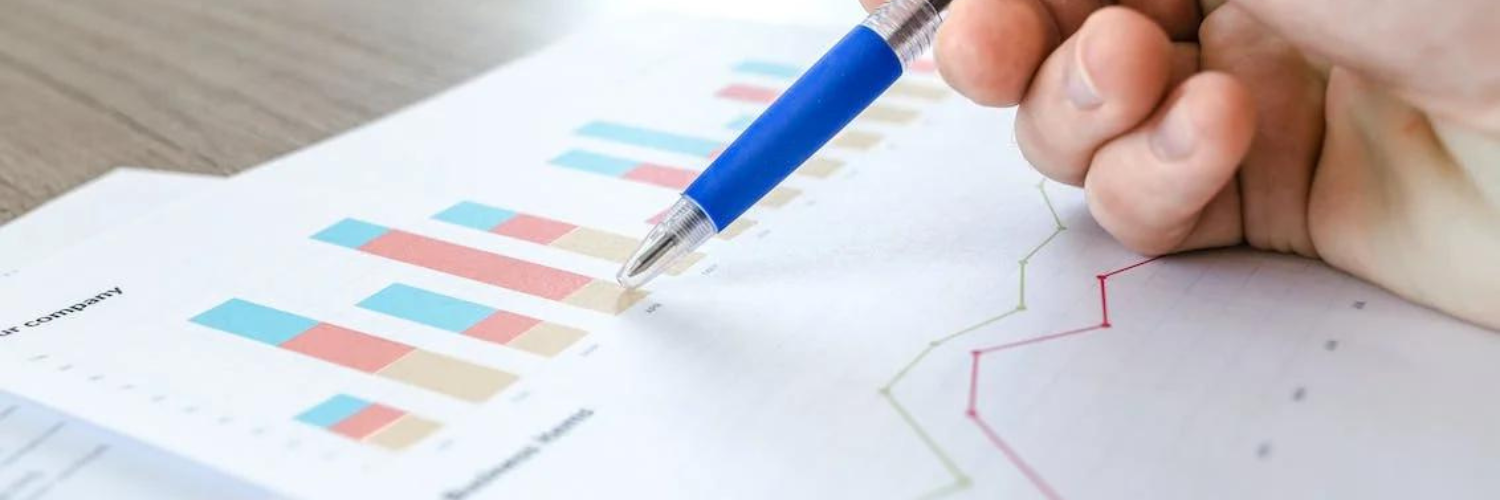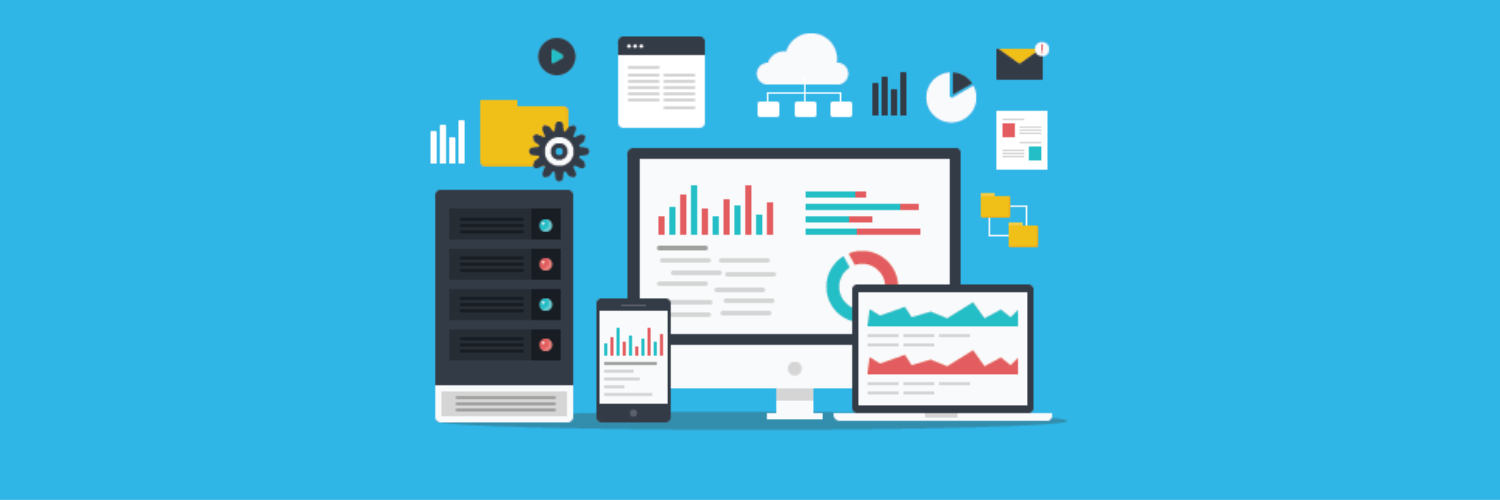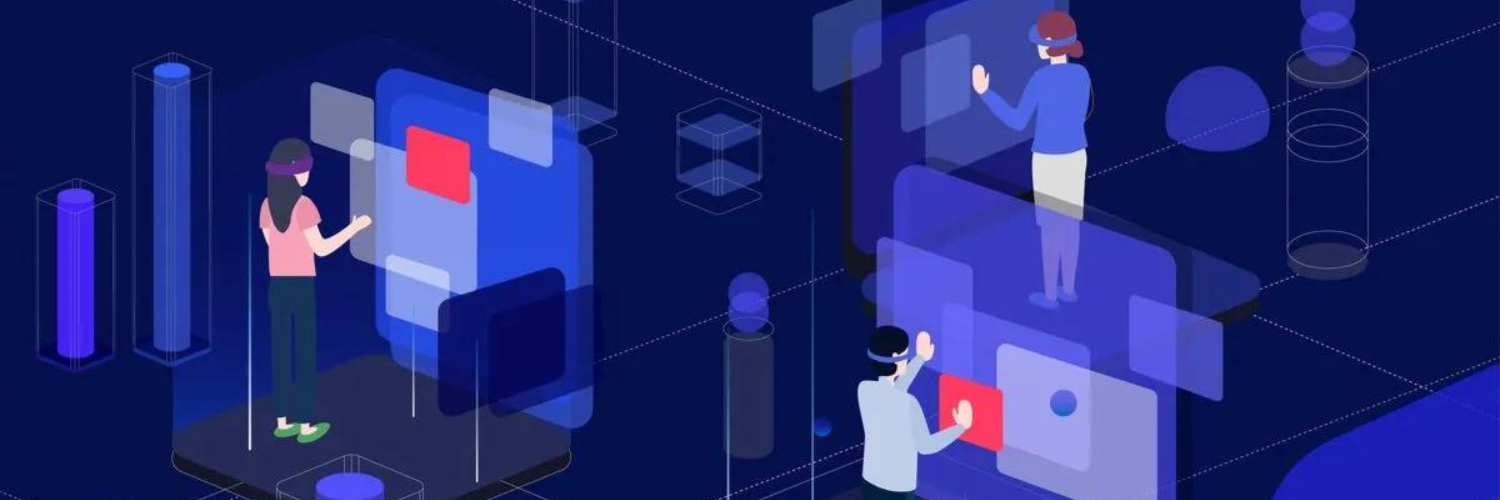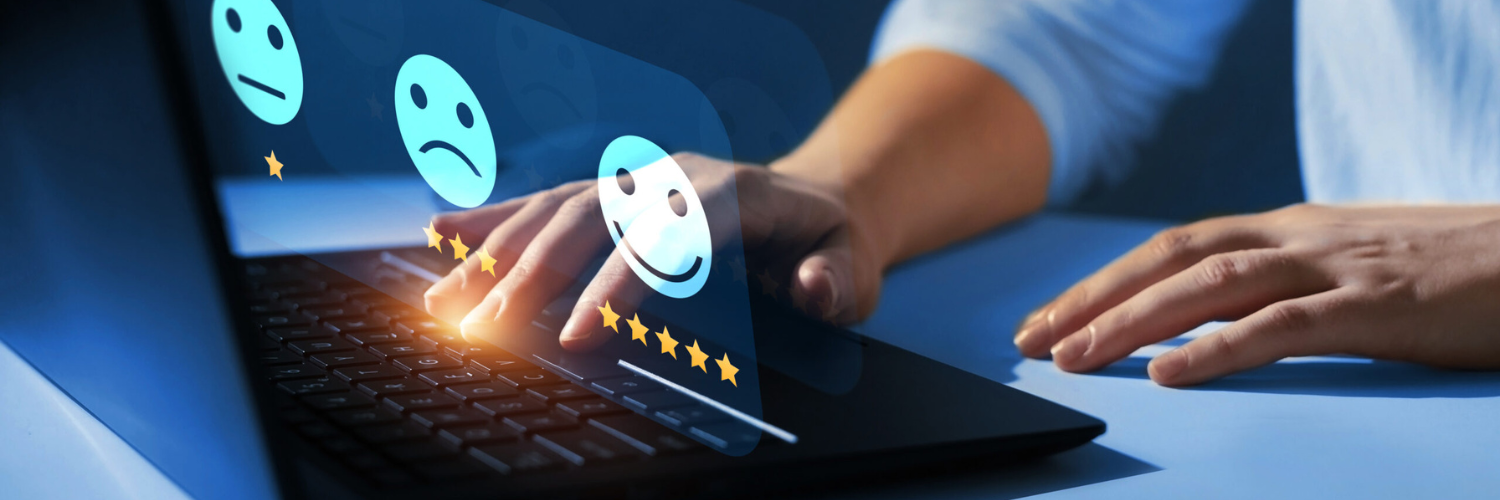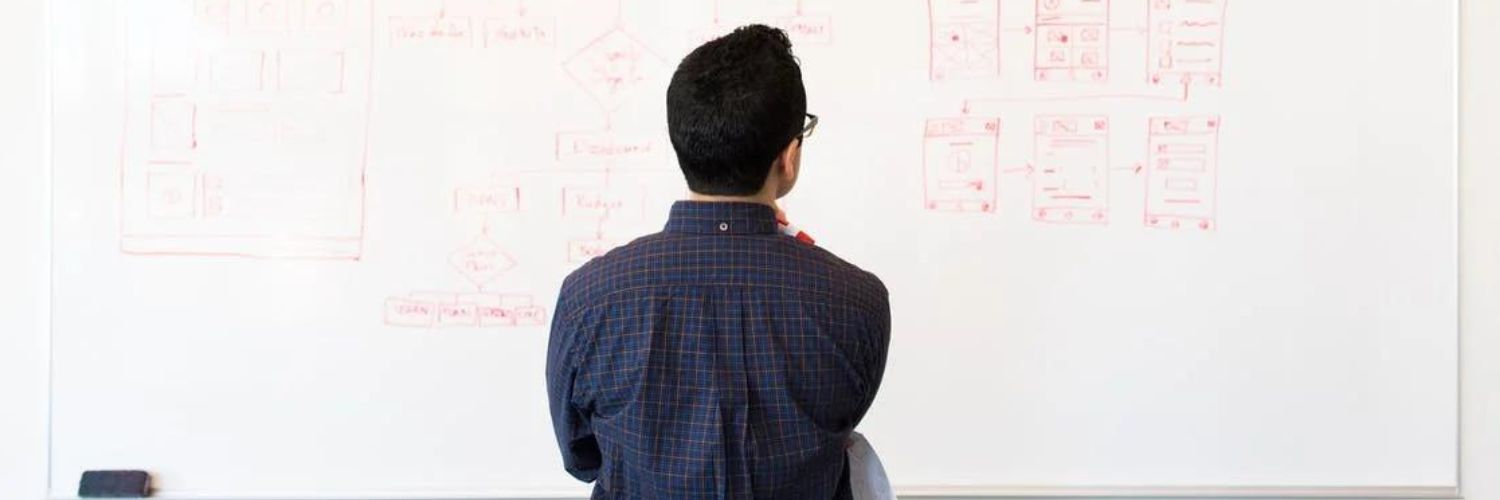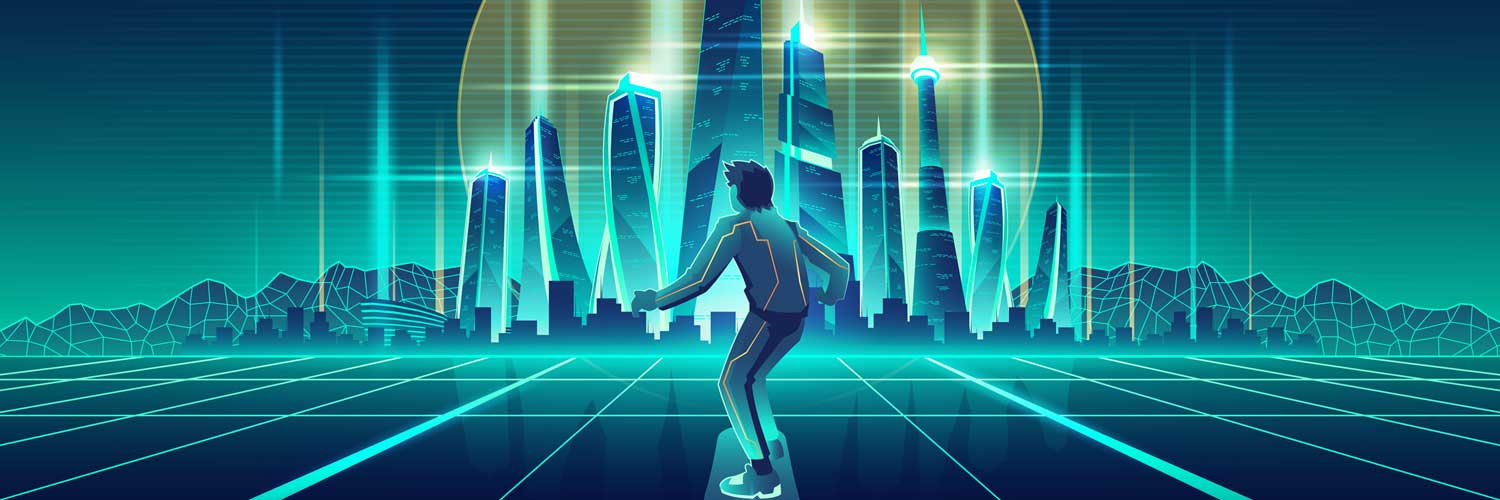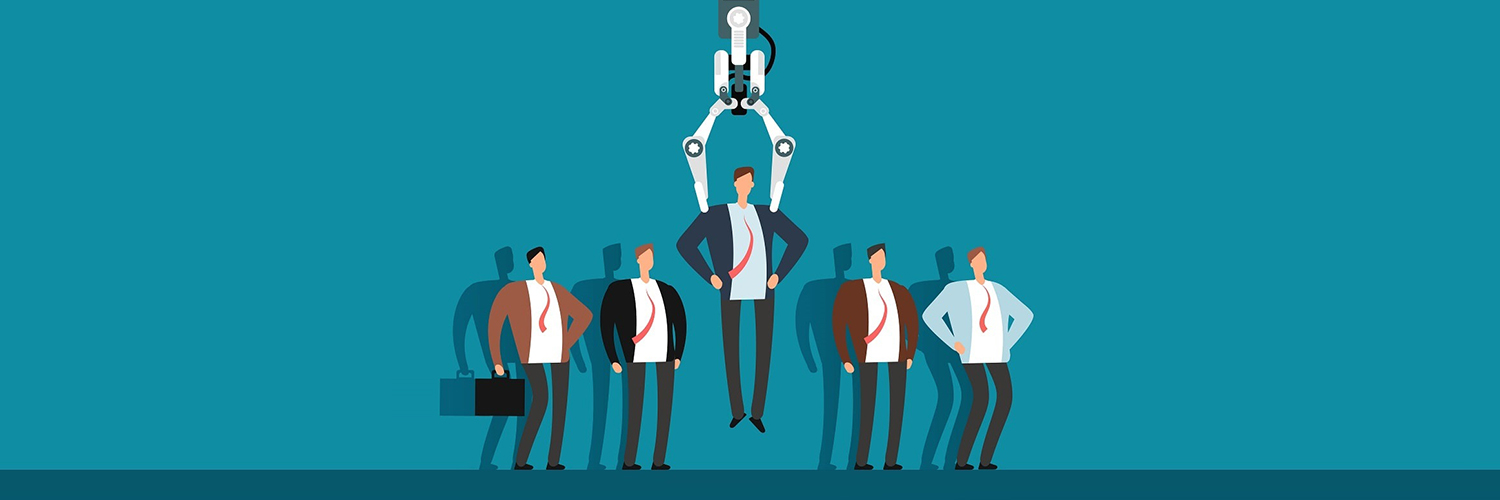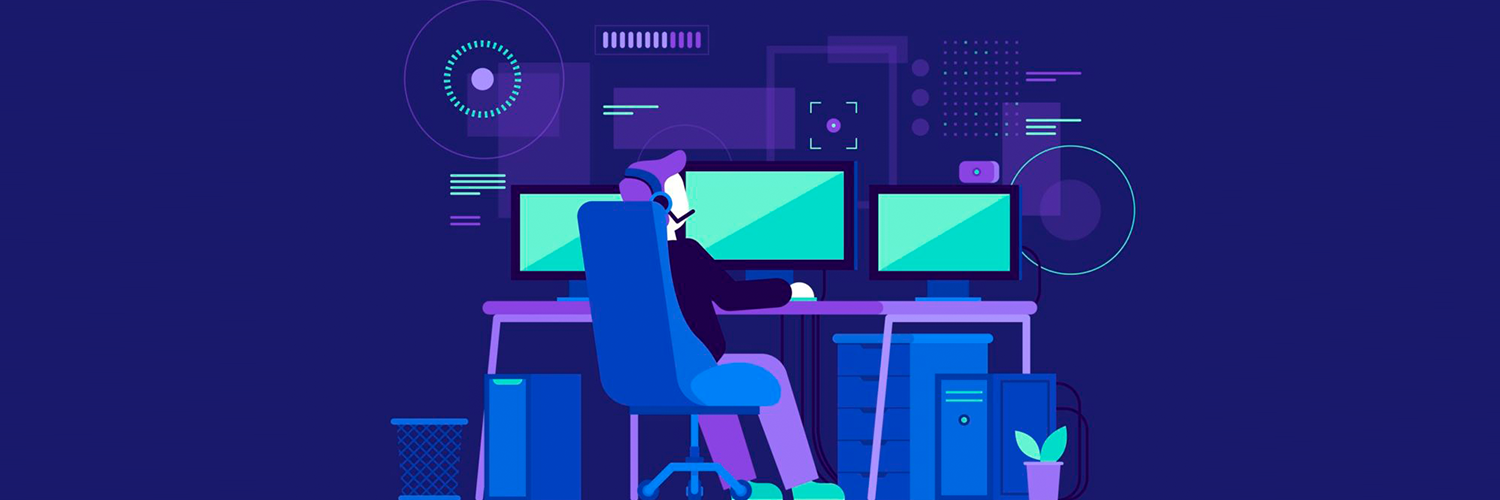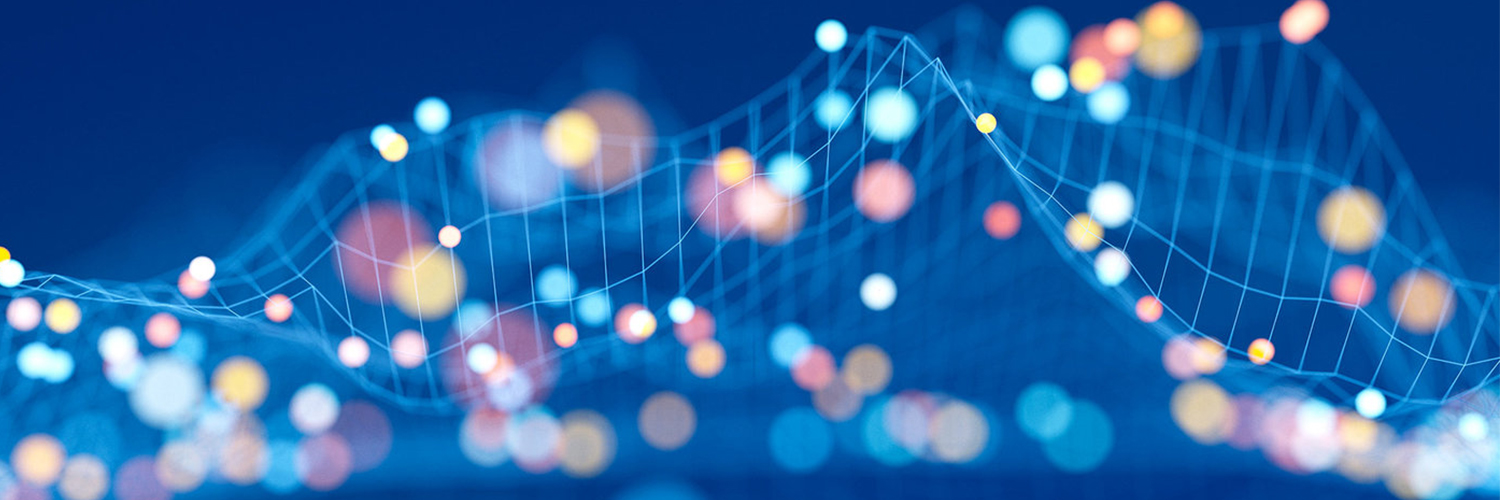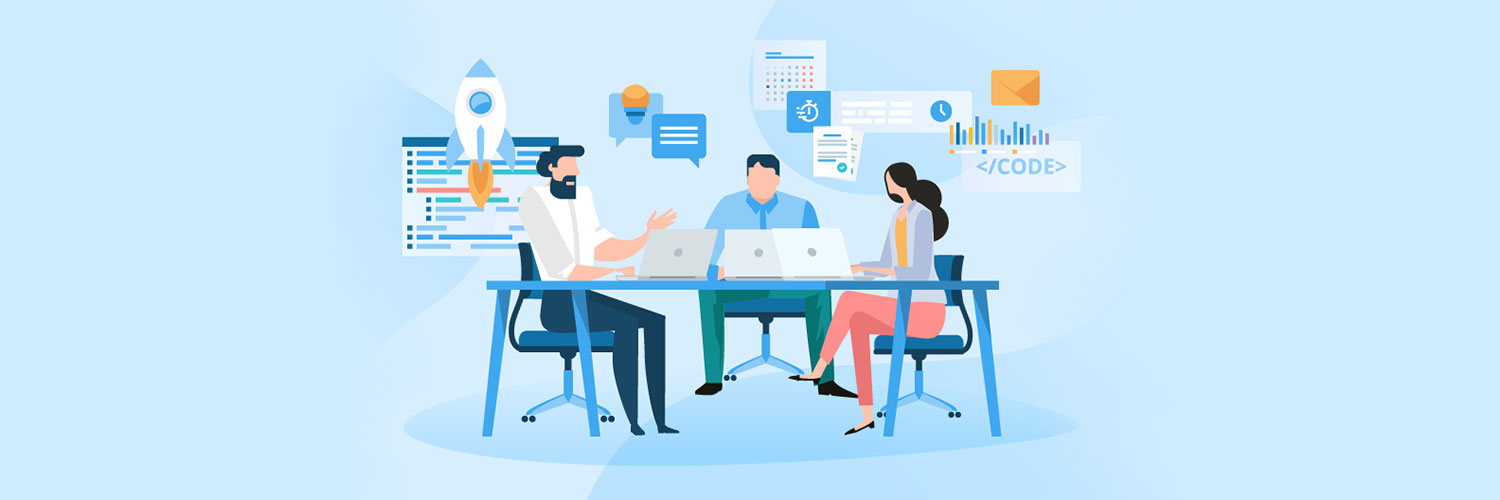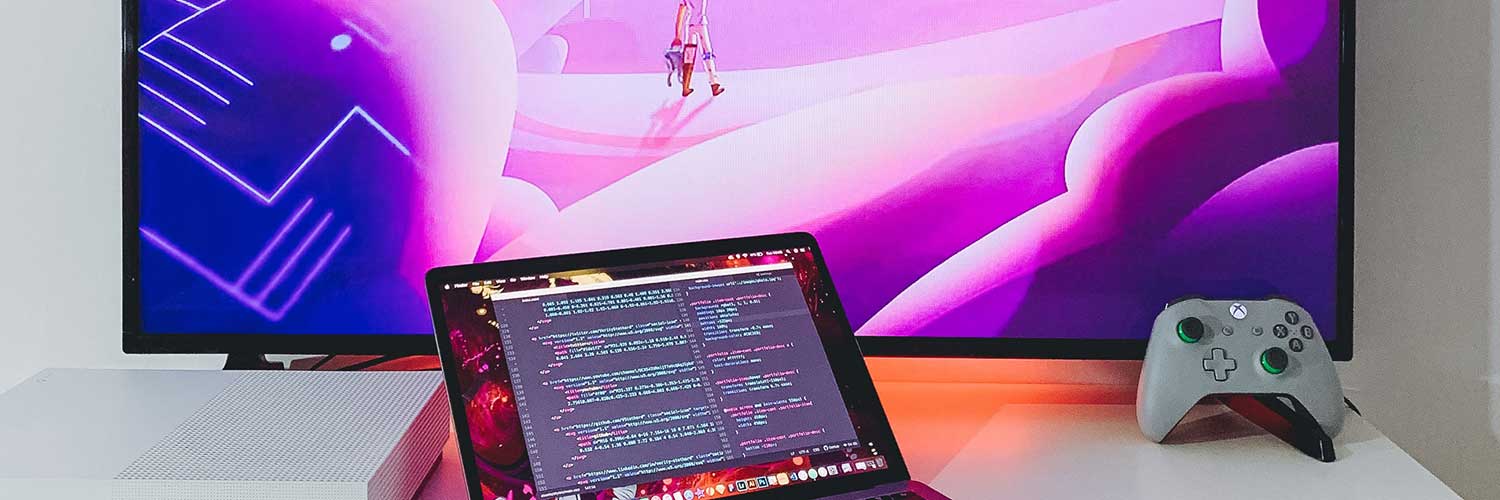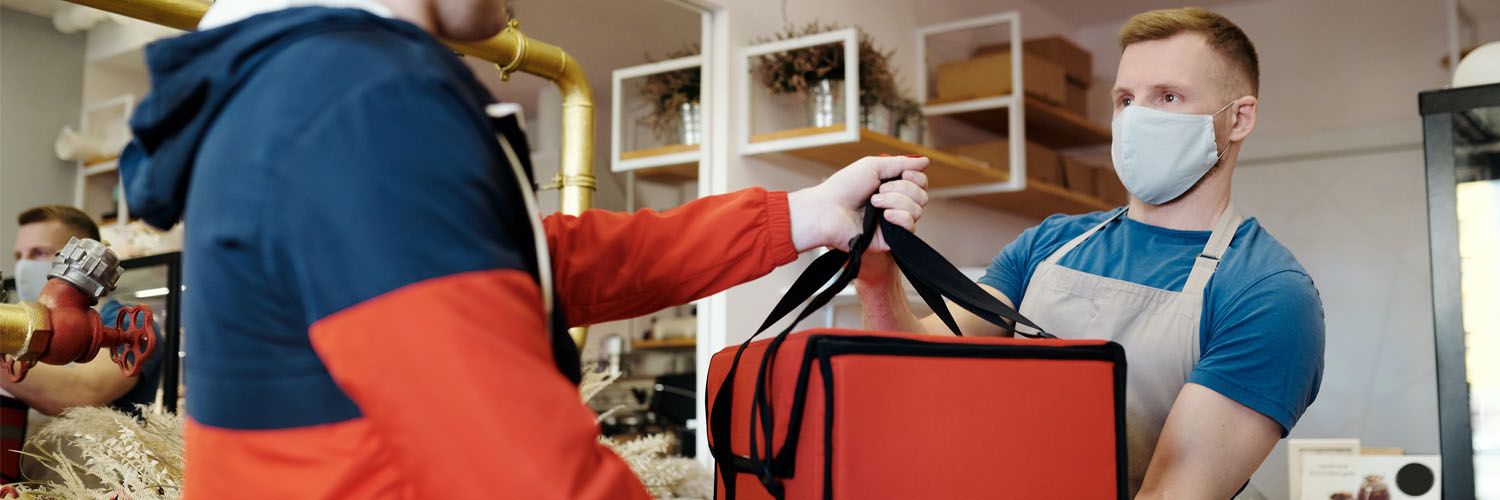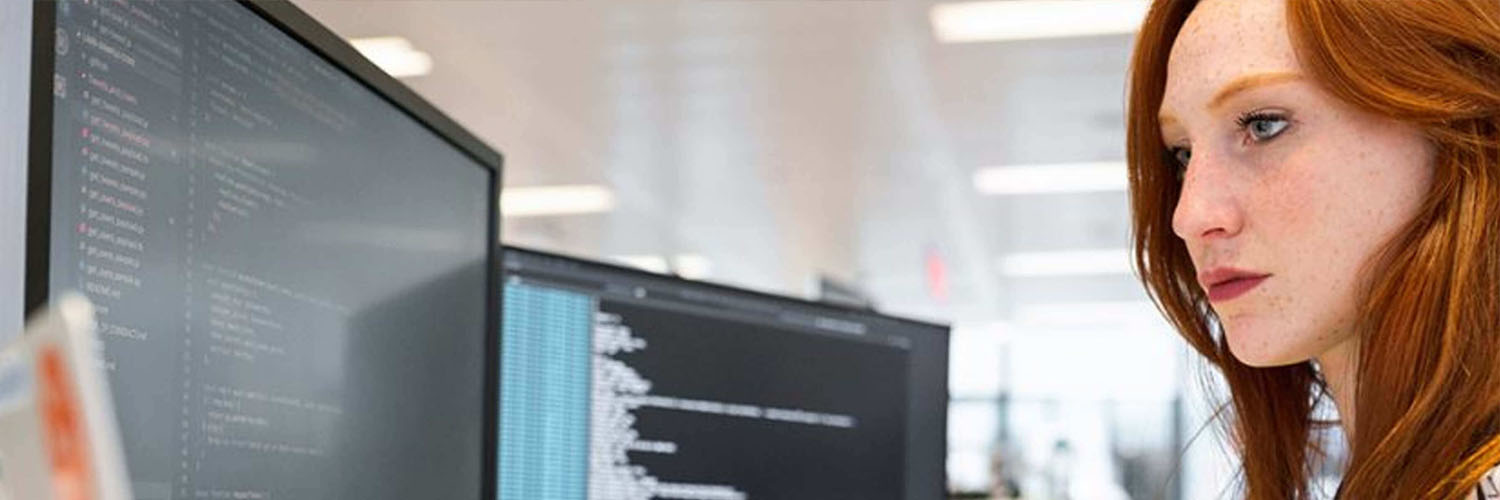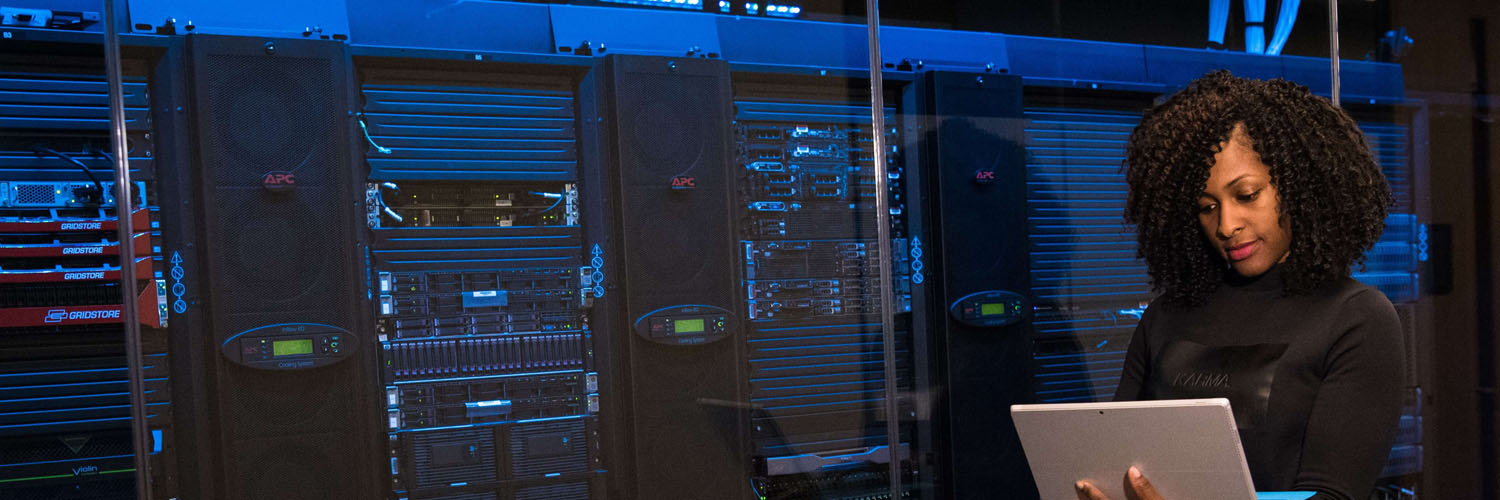In an increasingly digitized world, the Internet of Things (IoT) is reshaping industries at an unparalleled pace. The healthcare sector, in particular, has been a prime beneficiary of this technology, enabling better patient outcomes, streamlined operations, and innovative approaches to disease management.
The rise in connectivity has not yet reached its peak. Instead, it's still accelerating.

According to Fortune Business Insights, this number shows a growth of more than four times its worth in just eight years.
In simple terms, greater connectivity results in more readily available data, which in turn improves patient healthcare services. Currently, there is a great deal of pressure on the global healthcare industry. A difficult environment has been produced by escalating healthcare expenses, an aging population, and a rise in chronic diseases. This scenario may result in a future where many people cannot afford basic healthcare services, elderly people are less productive, and chronic diseases are increasingly common.
While technology cannot reverse the aging process or completely remove chronic diseases, it can improve access to and the cost of healthcare by offering efficient medical solutions. The Internet of Things (IoT) has a big impact here and has the potential to drastically change the healthcare industry.
IoT's incorporation into healthcare services allows medical care providers to work more effectively, and patients to anticipate better treatment results. This tech-based healthcare strategy offers several advantages, including improved treatment effectiveness and quality, which in turn could greatly improve senior patients' health.
The impact of IoT on healthcare stakeholders
1. Empowering Patients: Internet of Things (IoT) devices, such as wireless blood pressure monitors and fitness bands, give patients individualized care. For tasks like calorie counting, exercise, appointments, and monitoring vital health factors, they provide personalized reminders. Additionally, by providing ongoing health monitoring, IoT dramatically improves the quality of life for elderly patients. It has a significant impact on people who live alone since it notifies loved ones and medical professionals of any unusual changes in everyday routines.
2. Enhancing Physician's Capabilities: IoT-embedded wearables and home monitoring equipment enable doctors to monitor patients’ health more accurately. They can keep an eye on how well patients are following their treatment programs and spot any situations that necessitate urgent medical care. Healthcare providers may now deliver proactive care because of IoT. To achieve the intended health outcomes, the data from IoT devices also assist doctors in choosing the most effective treatment methods.
3. Streamlining Hospital Operations: IoT devices play a key role in streamlining hospital operations as well as in monitoring patient health. IoT devices with sensors detect the location of medical equipment like wheelchairs, defibrillators, and oxygen concentrators in real-time, which enhances resource management. They support the management of staff deployment, infection prevention through cleanliness, pharmaceutical inventory control, and environmental monitoring including refrigerator temperatures, humidity levels, and room temperatures.
4. Revolutionizing Health Insurance: IoT-enabled intelligent devices can greatly help health insurance providers. Health monitoring device data can be used for underwriting and claims processing, spotting fraudulent claims, and identifying potential hazards. IoT increases transparency throughout the insurance business, from risk assessment and underwriting to pricing and handling claims. Customers are given insight into the decision-making process and its results by basing decisions on IoT-generated data.
Why is IoT important in healthcare?
Consider an IoT-based healthcare system as a network that collaborates to put the needs of the patient first. IoT is used by these systems to gather a variety of patient-provided health data as well as medical recommendations. For instance, tools like insulin pens can continuously monitor blood sugar levels. These connected devices are capable of communicating with each other and making crucial judgments that could save someone's life. They send the data they've collected to "the cloud," an online storage facility, so clinicians can examine the data and act fast. This perspective makes it obvious that IoT applications in healthcare have the potential to improve patient health outcomes while also increasing staff productivity and streamlining hospital procedures.
The current state of IoT in healthcare
Internet of Things (IoT) technology is currently being adopted more frequently in the healthcare industry.
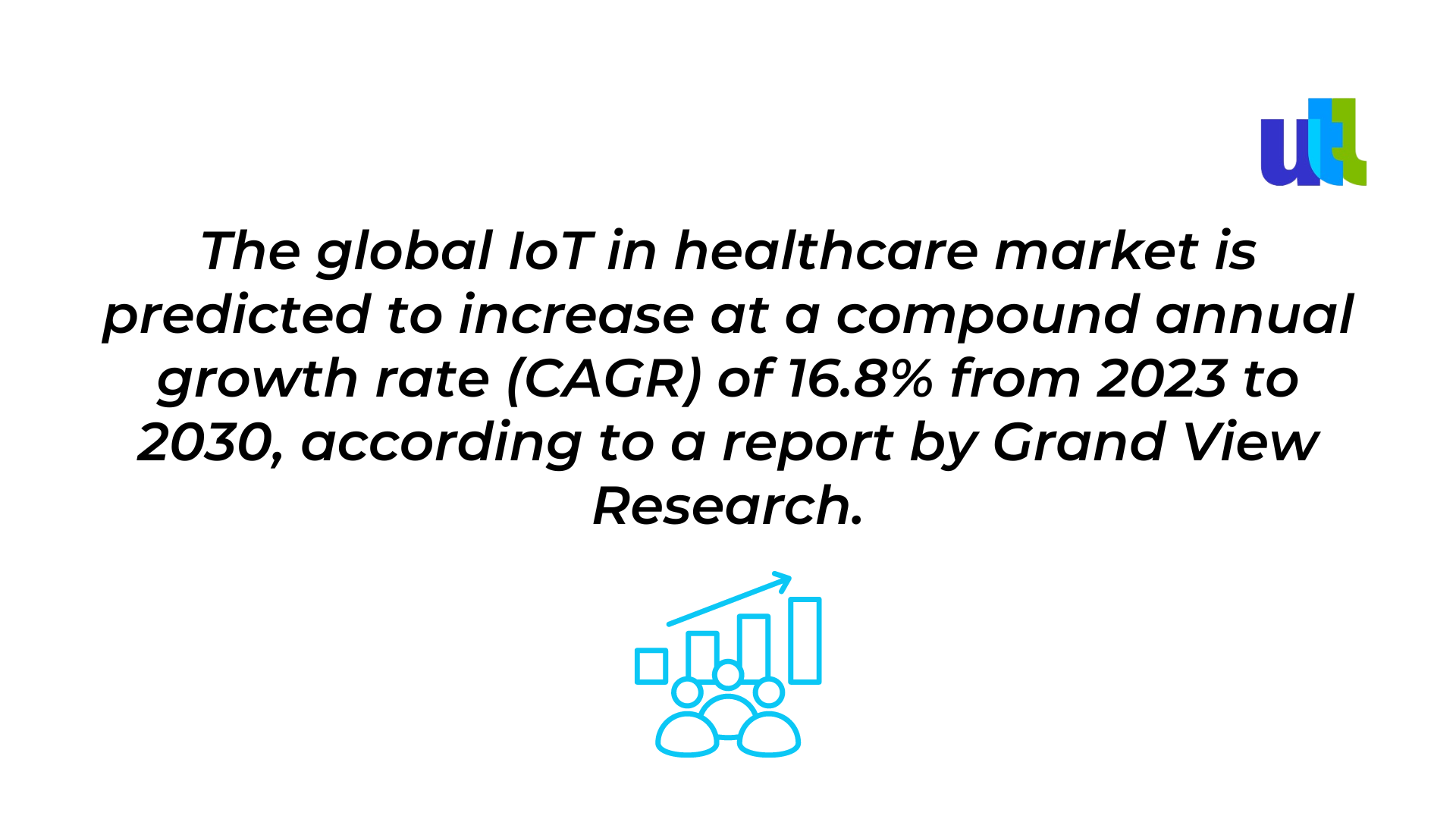
IoT devices are being gradually incorporated into many healthcare settings, such as hospitals, clinics, nursing homes, and even patient residences. Patients are given the ability to monitor their fitness and health issues in real-time with IoT devices such as smartwatches and fitness trackers.
Innovative tools like ingestible sensors are used to track patient vitals and medication compliance, while computer vision technology is being used to spot early indications of diseases like cancer. IoT technology has a substantial impact on patient outcomes and healthcare cost reduction. It is opening the way for telemedicine and remote patient monitoring, allowing patients to get care in the convenience of their own homes. As a result, fewer hospital hospitalizations and readmissions are required. Additionally, research made possible by IoT devices is encouraging the creation of innovative medicines and improving patient outcomes.
The Advantages of IoT in Healthcare
The Internet of Things (IoT) offers a wealth of benefits across various sectors, with healthcare being a significant beneficiary. Here are the primary advantages of IoT in this field:
1. Real-Time Monitoring and Reporting:
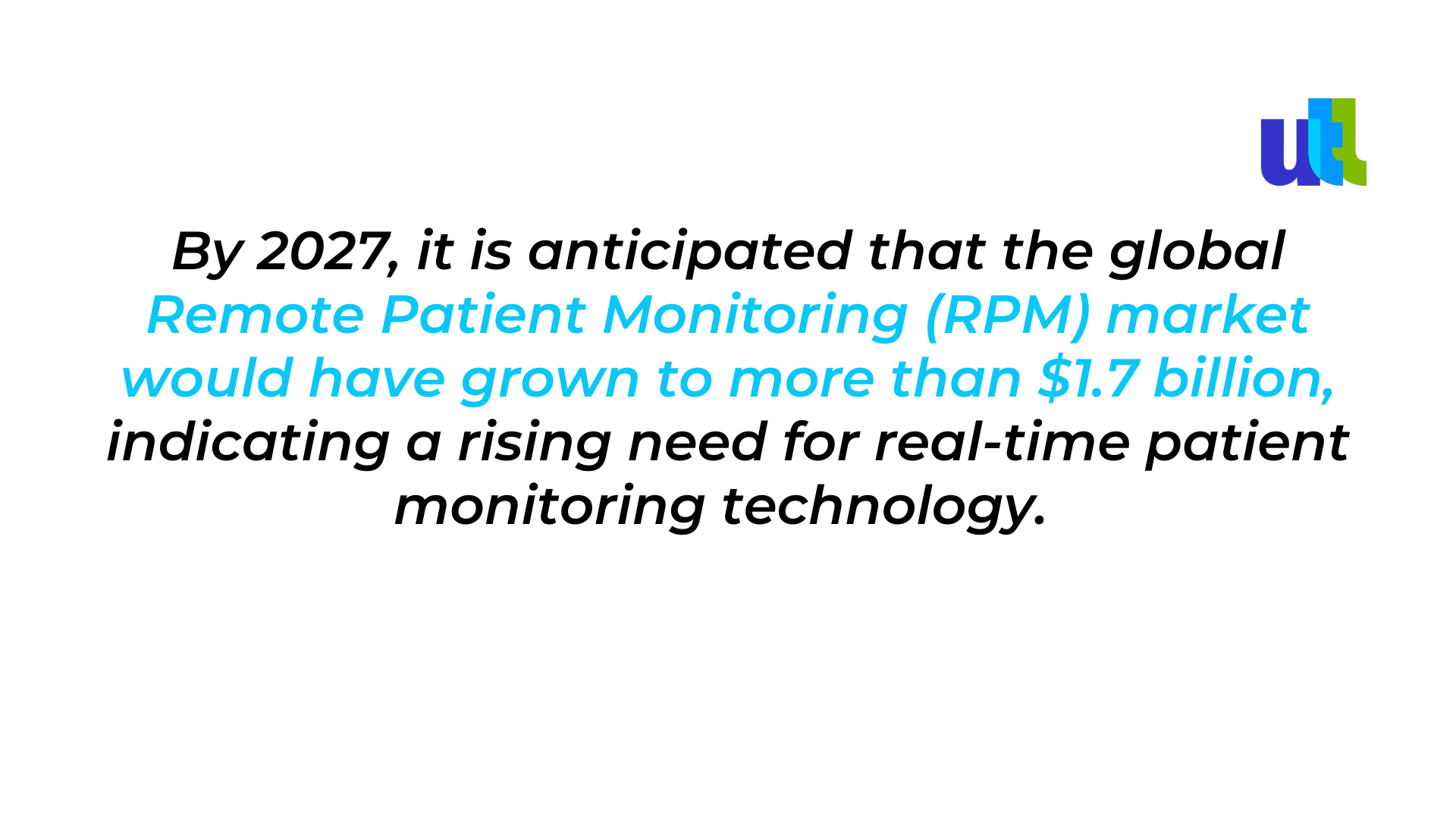
During medical situations, IoT enables these devices to gather crucial health data, assisting in life-saving actions. IoT also plays a part in enhancing patient recovery, as demonstrated by a study from the Center for Connected Health Policy that revealed a 50% decrease in 30-day readmission rates among patients with heart failure. IoT devices can also gather, store, and communicate vital health information including ECGs, weight, blood pressure, and oxygen levels. To further streamline patient care and coordination, this data is saved in the cloud and is accessible to authorized parties whenever and wherever they choose.
2. End-to-end connectivity and affordability: The IoT makes healthcare more accessible and affordable. Patient care workflows can be automated, opening the door for cutting-edge healthcare facilities, by combining healthcare mobility solutions and other cutting-edge IoT technology. The seamless interoperability, machine-to-machine connectivity, and effective data interchange made possible by this integration greatly improve the provision of healthcare services.
Healthcare experts can improve their approach to diagnosing and treating ailments across a variety of areas by utilizing contemporary communication protocols including Bluetooth LE, Wi-Fi, Z-wave, and ZigBee. This technology-driven system encourages new treatment approaches while simultaneously bringing down the cost of healthcare. This is achieved by reducing pointless patient visits, using top-notch resources, and optimizing resource allocation and planning. As a result, healthcare is made more accessible and effective.
3. Data Collection and Analysis: The massive amounts of data generated by healthcare devices in real-time can be challenging to manage, particularly without cloud access. Manual analysis of data from various devices and sources by healthcare professionals can also be a daunting task.
IoT devices, however, get around these issues by collecting, reporting, and analyzing information in real-time, which eliminates the need to keep raw data. Healthcare providers often just need access to the final results, which are frequently depicted graphically, as this data processing typically takes place over the cloud. Additionally, by using data-driven processes, firms can get crucial healthcare statistics and insights. This speeds up decision-making and lowers the chance of error, improving the effectiveness and precision of healthcare delivery.
4. Tracking and alerts: Medical IoT devices can gather important health information and immediately transfer it to medical professionals. In the meanwhile, they can use smart sensors and smartphone apps to notify people about important health indicators.
These reports and notifications give a precise picture of a patient's health status regardless of place or time. Healthcare professionals can make well-informed decisions and prompt actions with the help of this real-time information. IoT's alerting, tracking, and monitoring capabilities consequently lead to quicker treatments, increased accuracy, and better overall patient care outcomes.
5. Remote Medical Assistance: IoT technology facilitates remote medical assistance, transforming how emergency care is delivered. In a crisis, patients can connect with doctors who may be miles away via a smart mobile app.
IoT technology enables remote medical aid, revolutionizing the provision of emergency treatment. In an emergency, through a mobile app, patients may reach out to doctors who may be thousands of miles away. Through healthcare mobility solutions, medical professionals can instantly examine patients and identify illnesses remotely.
Applications of IoT in healthcare
The applications of IoT in healthcare are wide-ranging, profoundly changing the way we approach wellness and medical treatments. Let’s take a look at these applications:
1. Smart hearing aids: Also known as "hearables," these gadgets are a major advancement for people who have hearing loss. Users of hearables can filter, equalize, and adjust real-world sounds to their tastes by pairing them with cellphones through Bluetooth.
2. Smart Insulin Pens and Continuous Glucose Monitoring (CGM) Systems: Mainly made for diabetic patients, these tools track and communicate information on blood glucose levels in real time via a specialized mobile app. This improves diabetes treatment by enabling individuals to continuously monitor their blood glucose levels and communicate this vital information to their medical team.
3. Computer Vision in Healthcare: This IoT application combines artificial intelligence to create technologies that are able to perceive the world visually and make decisions based on that perception. For instance, Skydio drones use computer vision to recognize obstacles and navigate around them. This technology might help visually challenged people navigate their surroundings more effectively.
Future of IoT in healthcare
The Internet of Things (IoT) is set to have a crucial role in determining the course of the healthcare sector as it continues to embrace digitization. The potential of IoT devices to collect real-time health data will enable individualized medical care, which will result in customized treatment regimens and better patient results. IoT will also make it possible for remote health monitoring, which may cut down on hospital admissions and readmissions, thus lowering healthcare expenses. Additionally, IoT-powered predictive maintenance will assist healthcare practitioners in anticipating equipment requirements and ensuring continuity of patient care. A more effective and patient-centered style of care is predicted by the use of IoT in healthcare.
To wrap things up, the Internet of Things (IoT) is now a key part of healthcare. It offers many benefits like helping doctors care for patients from afar, tracking patients' health in real time, and making sense of health data more easily. By using IoT in healthcare, we can make patient care better, cut costs, and encourage preventive care. This makes IoT a useful tool for healthcare workers, helping them provide even better care for their patients.
Conclusion
The Internet of Things (IoT) is now an important component of healthcare. It has several advantages, including assisting doctors in patient care from a distance, monitoring patients' health in real time, and making health data easier to understand. We can improve patient care, save expenses, and promote preventative care by utilizing IoT in healthcare. This makes IoT a great tool for healthcare professionals, enabling them to give their patients even better treatment.
For free consultation on the trends and benefits of IoT in the healthcare industry, click here.
----------------------------------------------------------------------------------------------
View the full presentation:
WRITTEN BY
Milda Butkeviciute
2023-08-07

